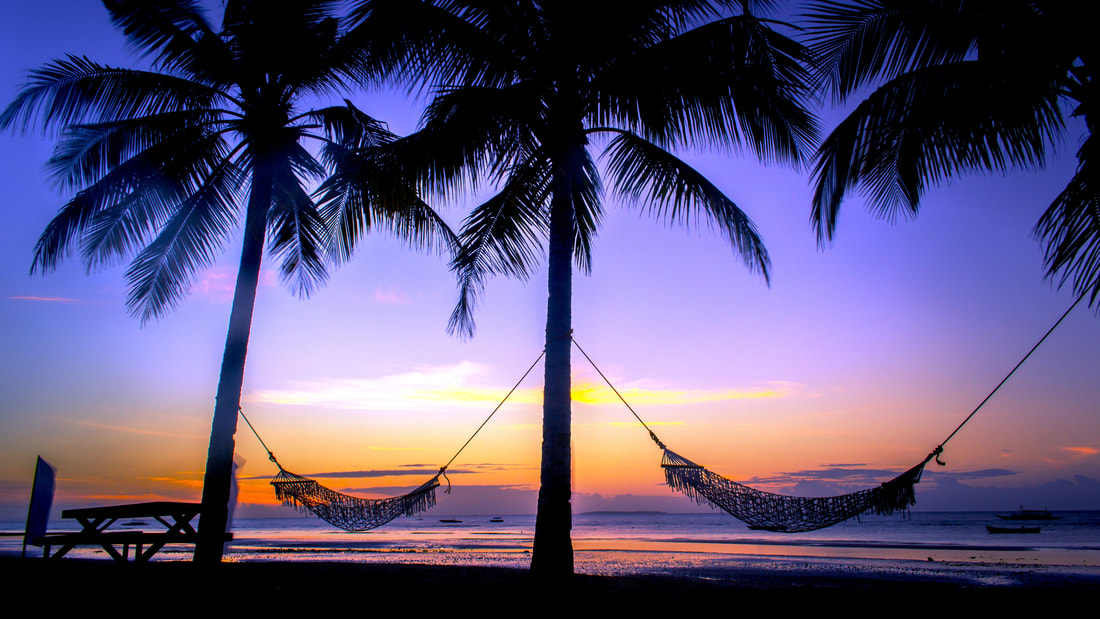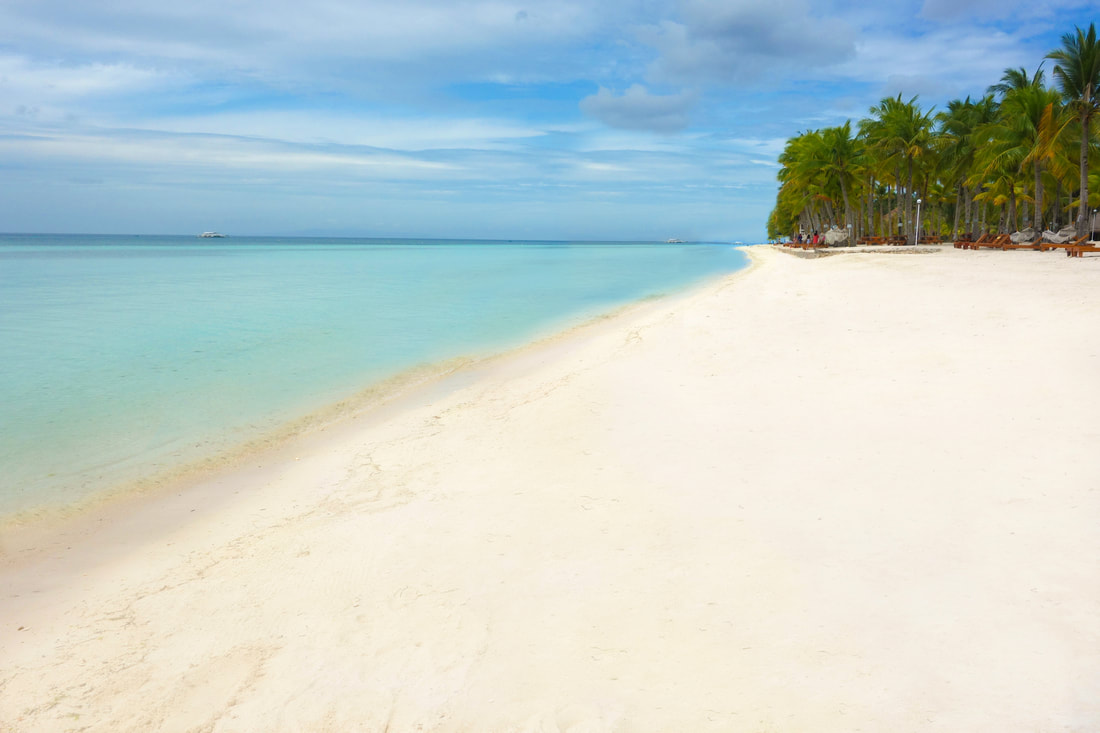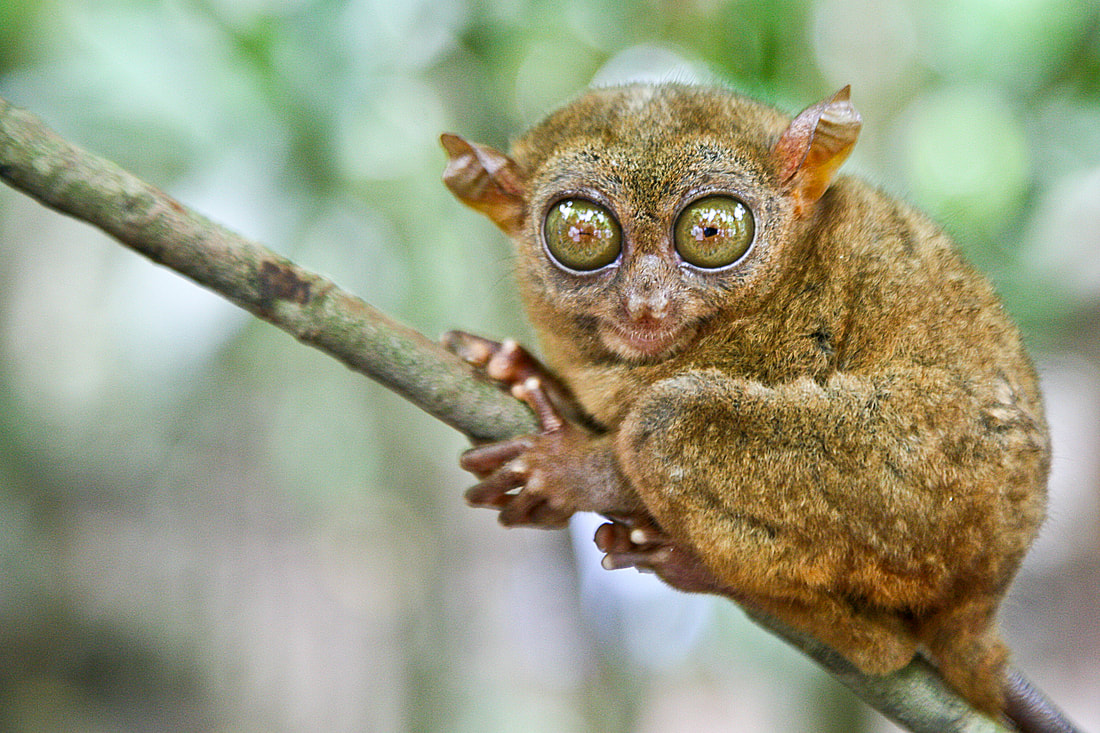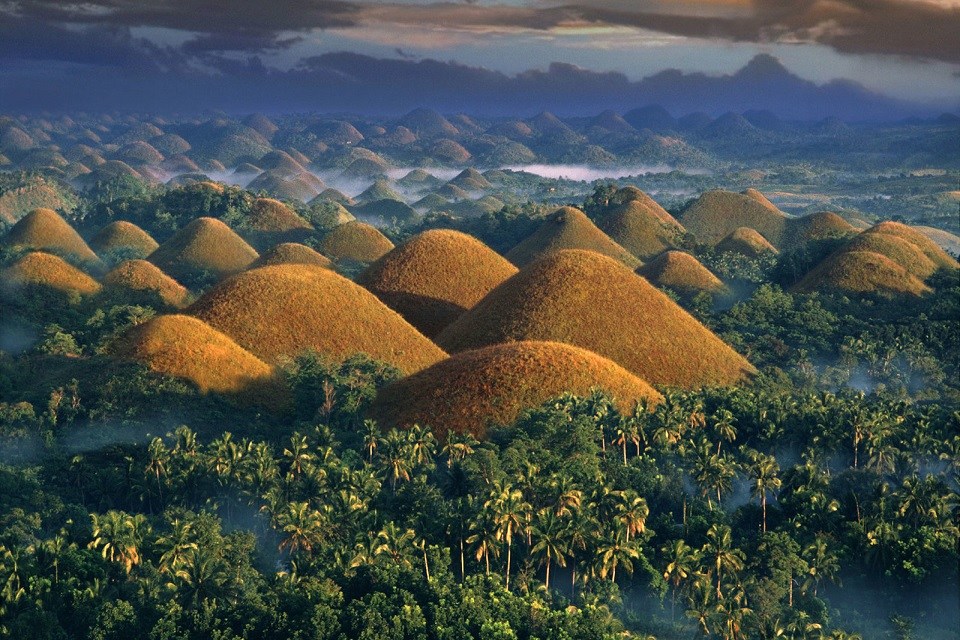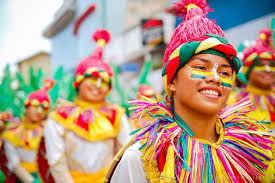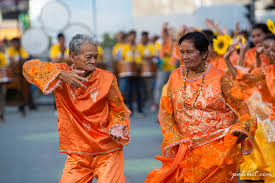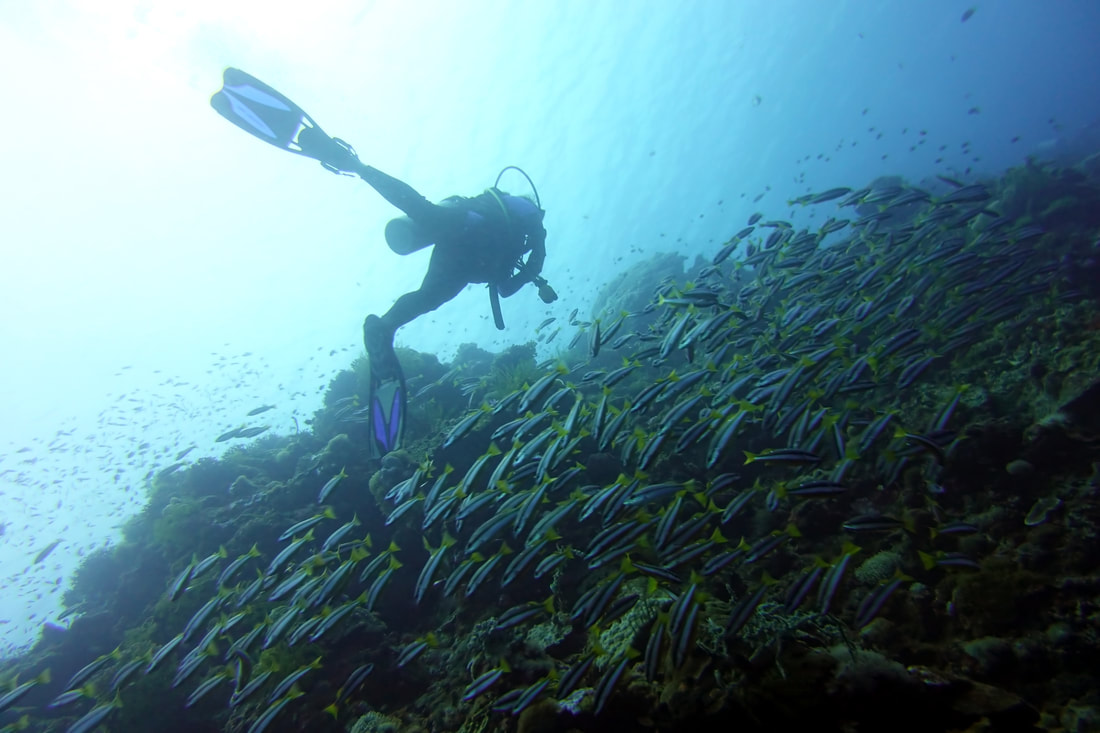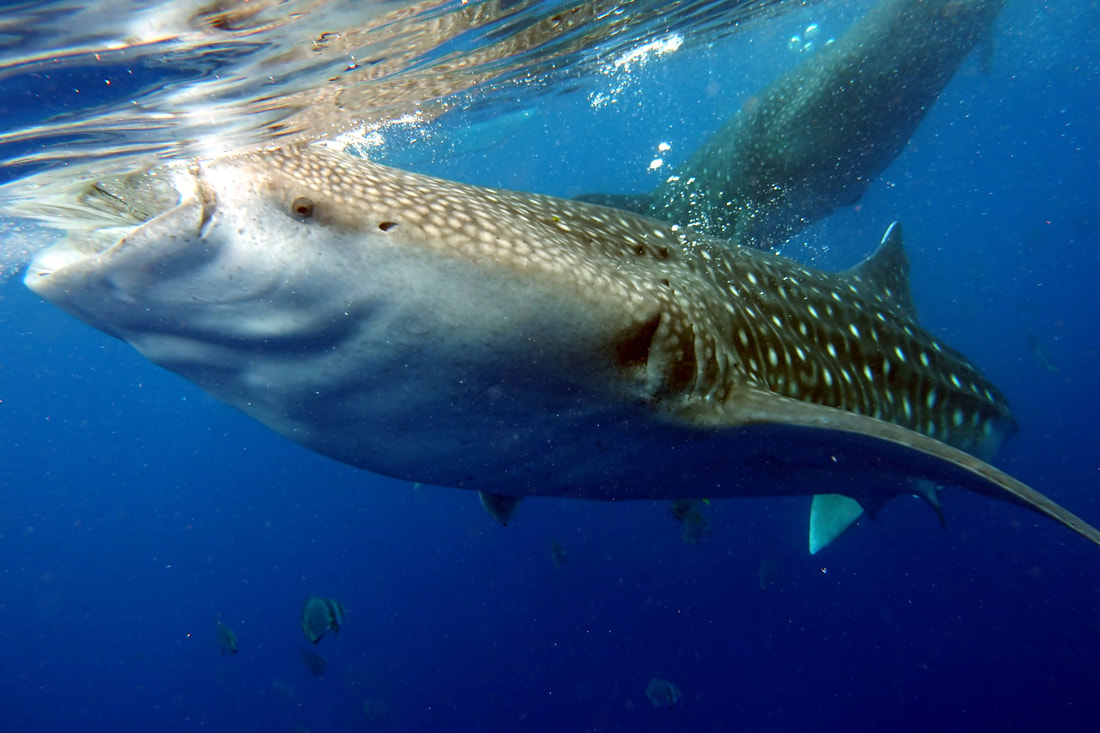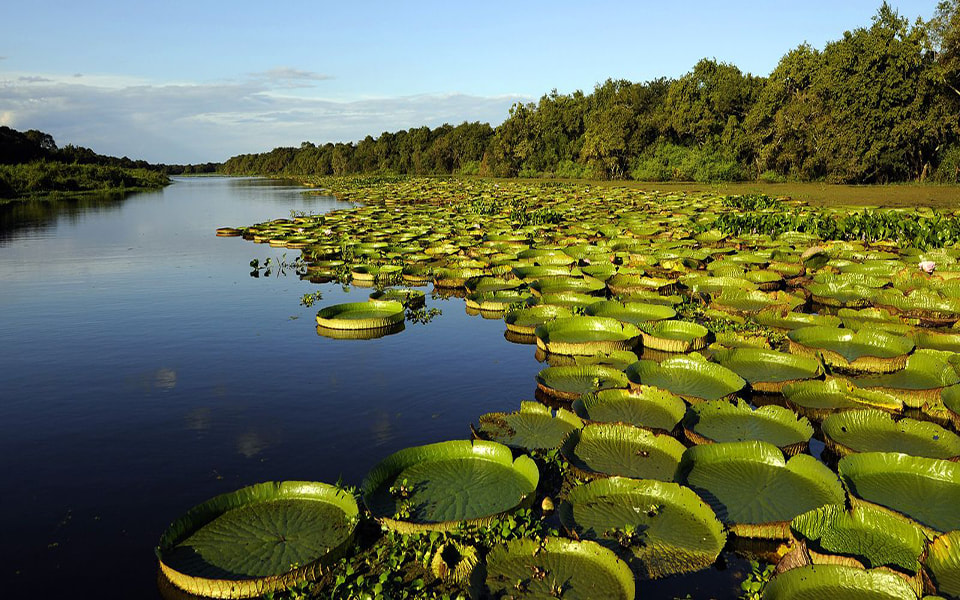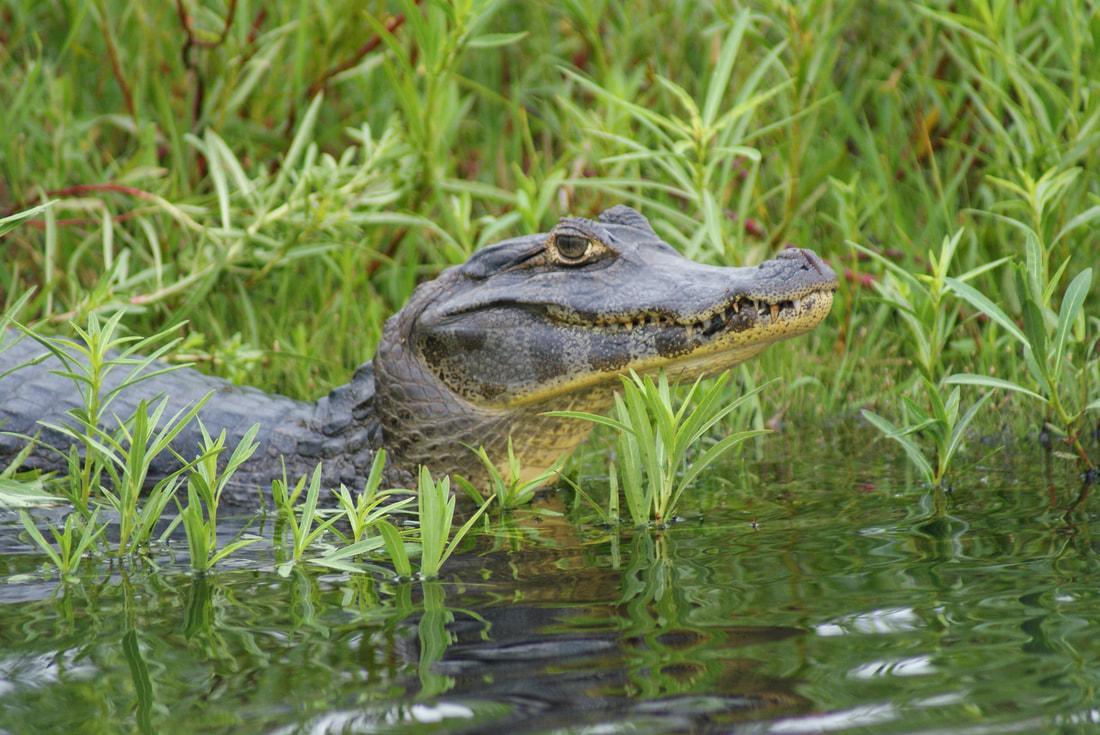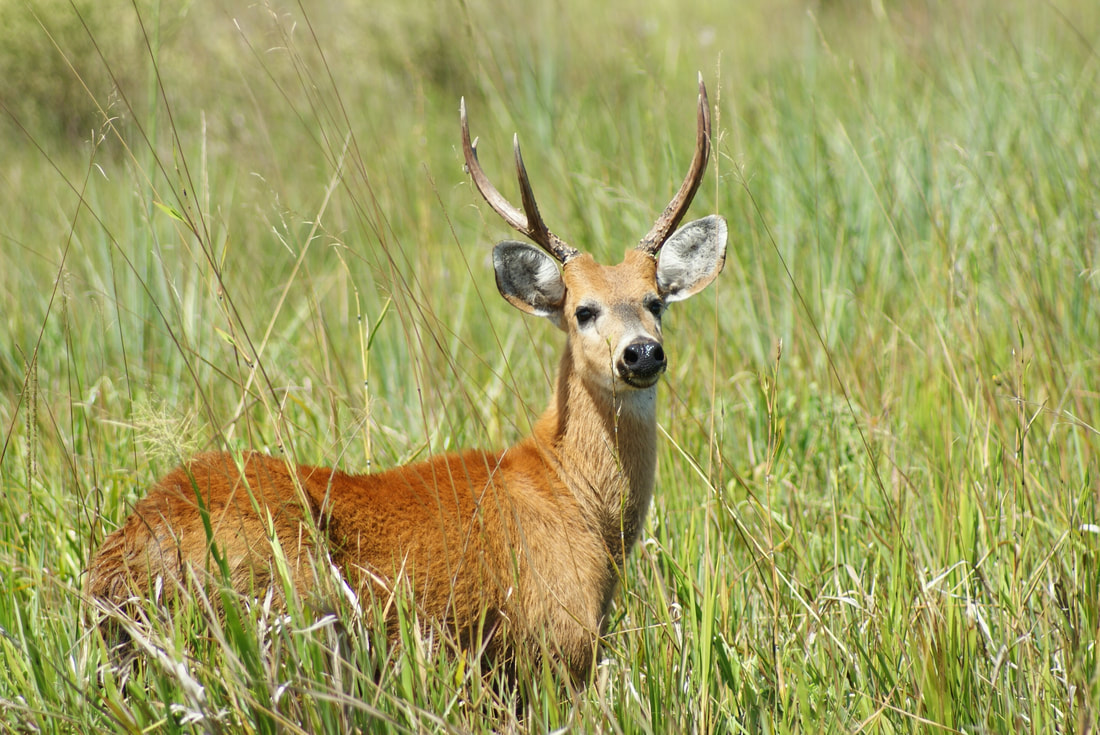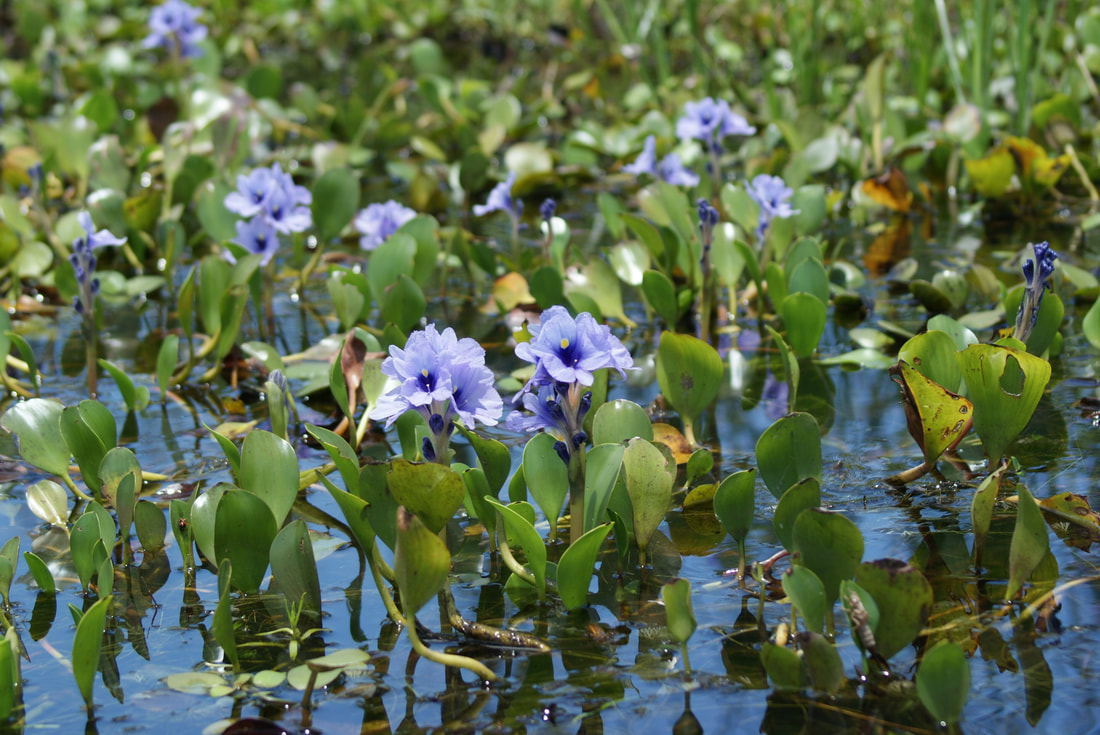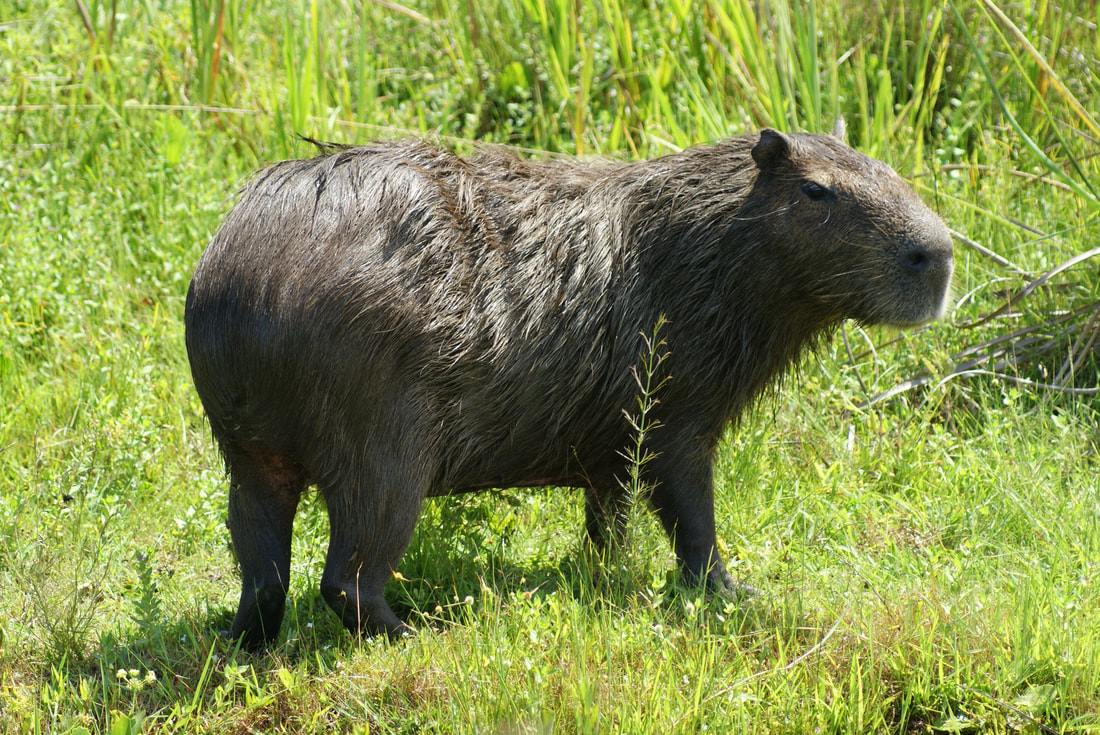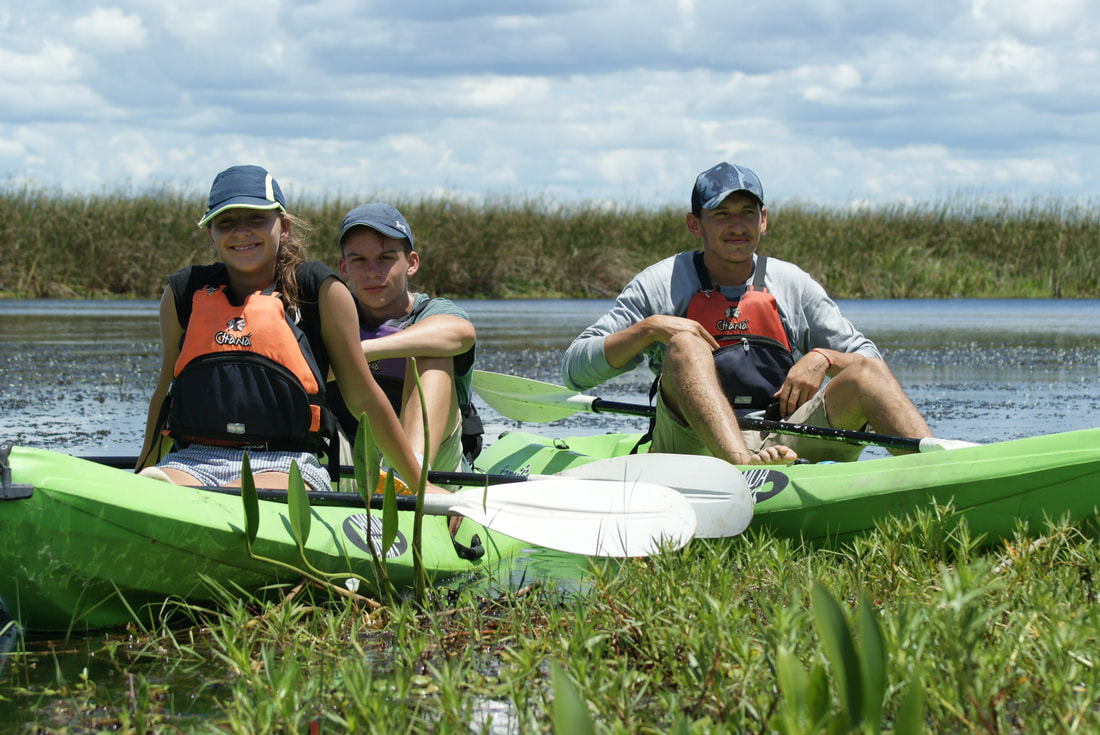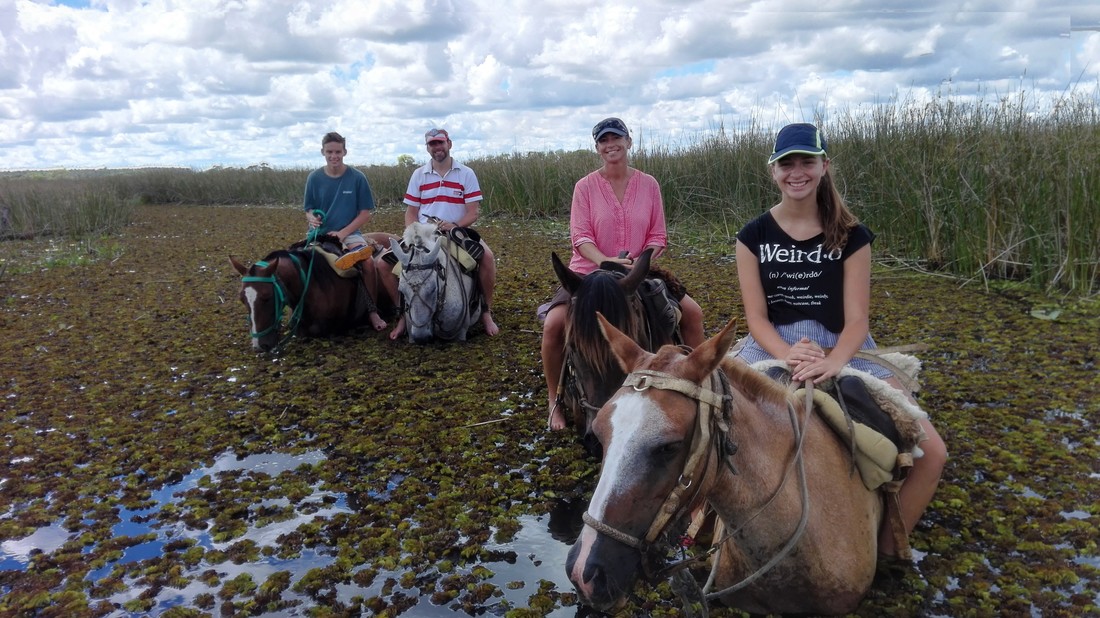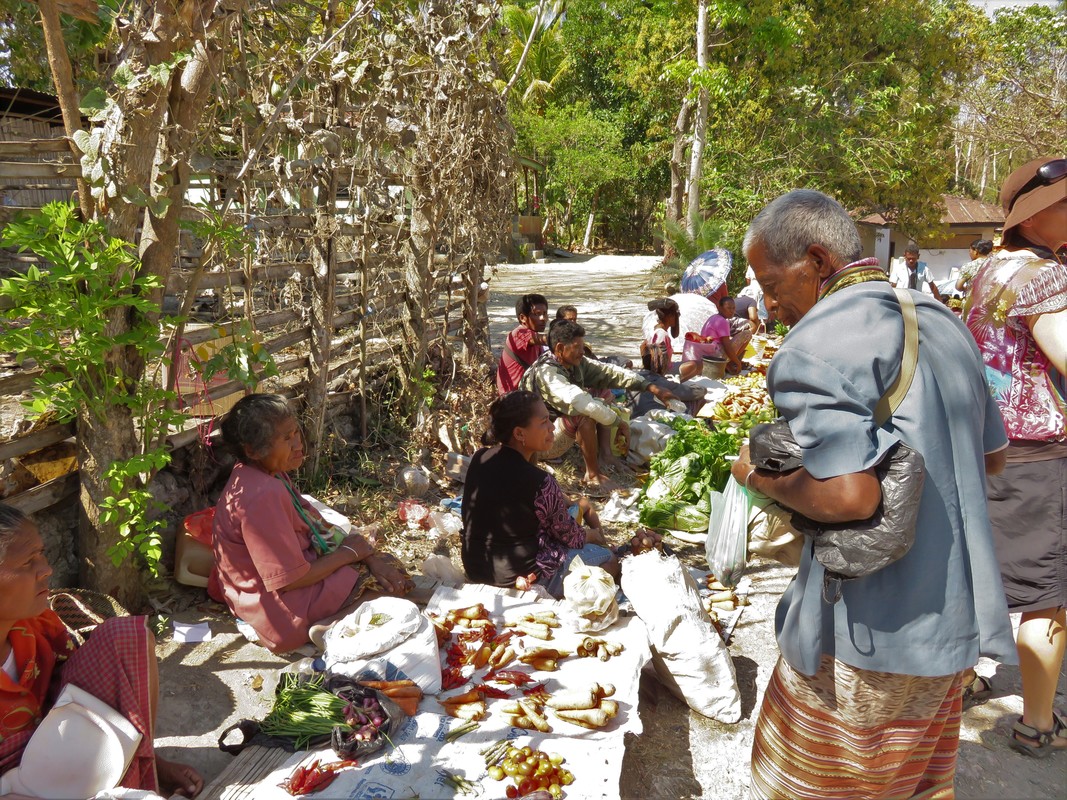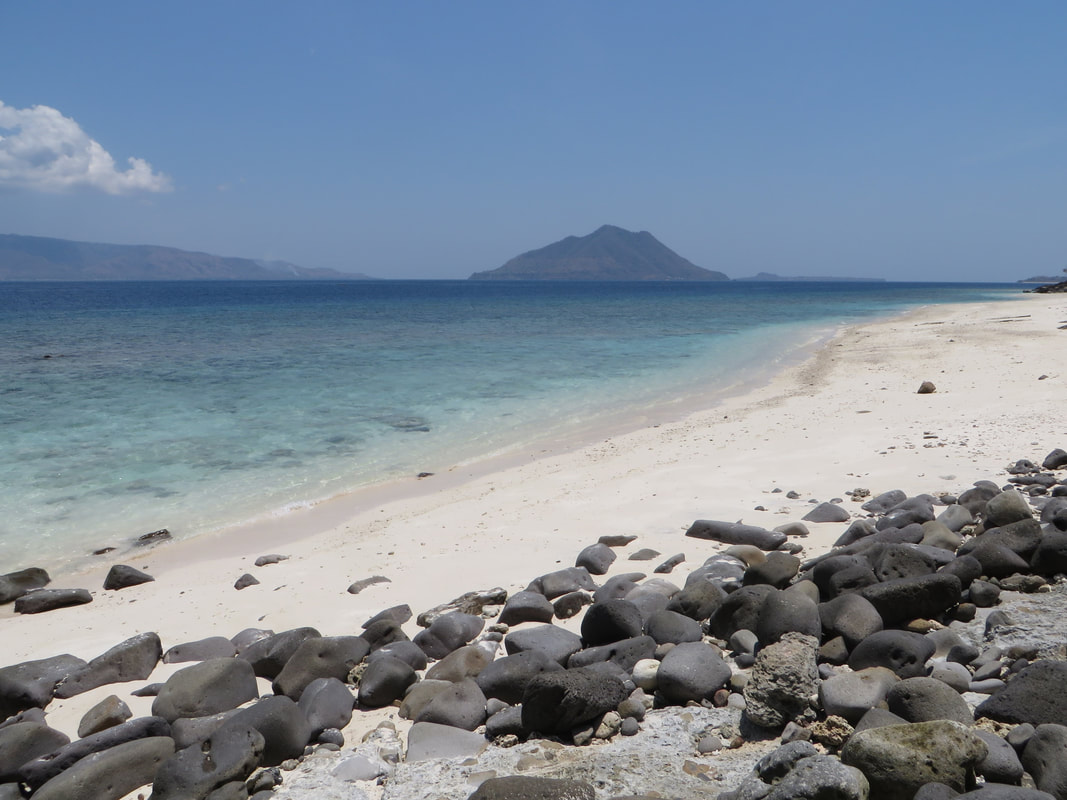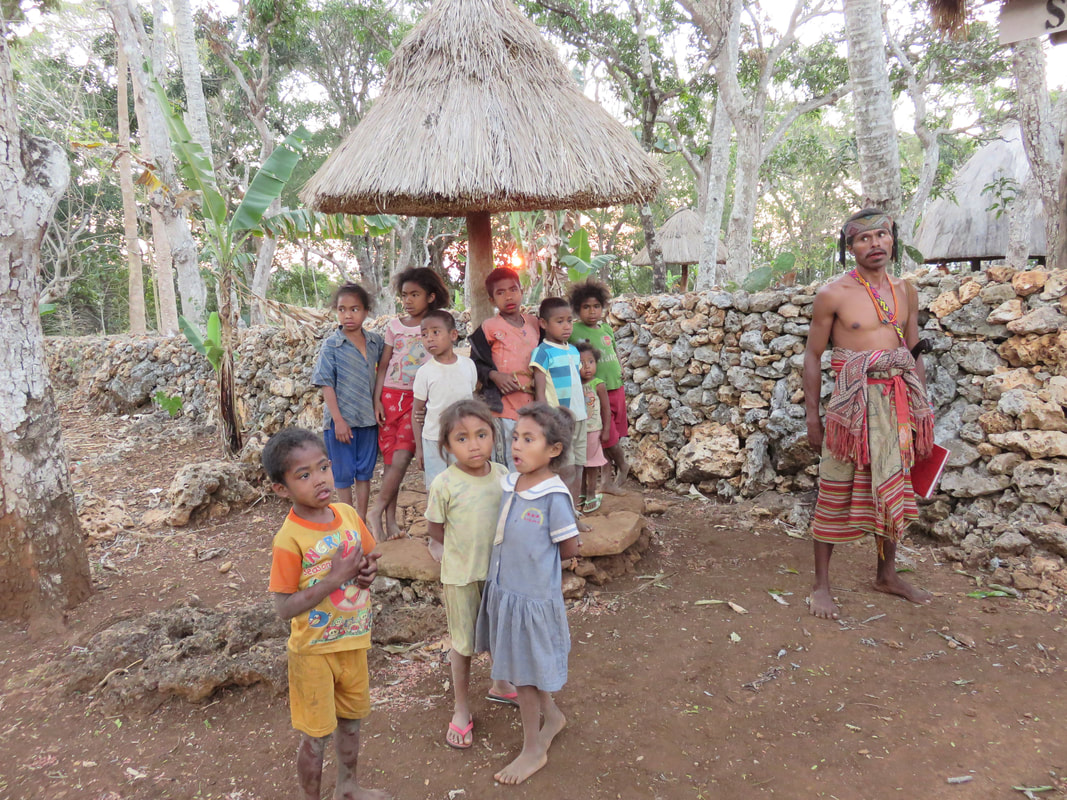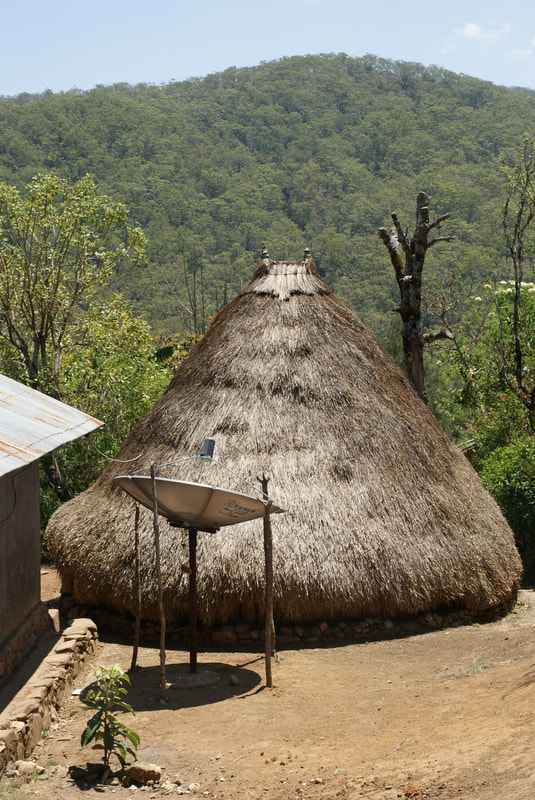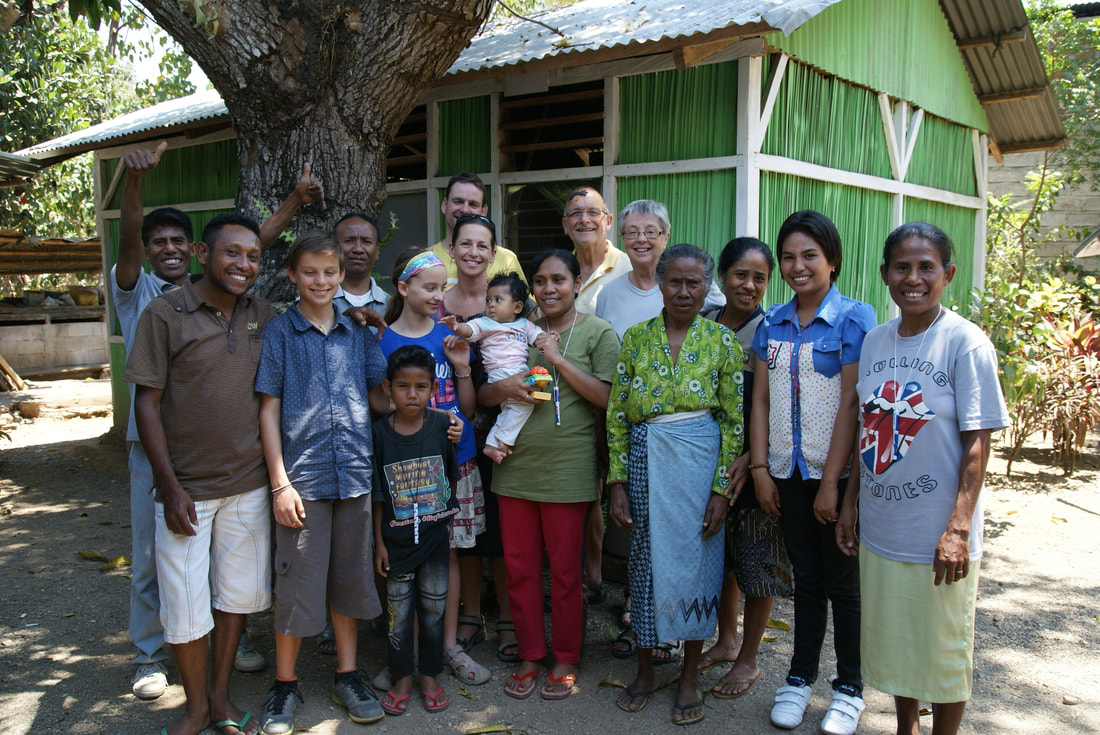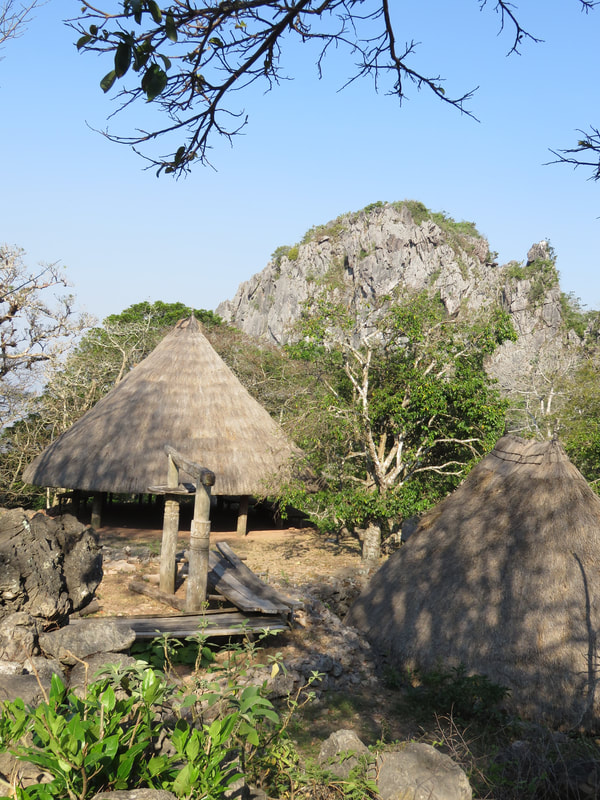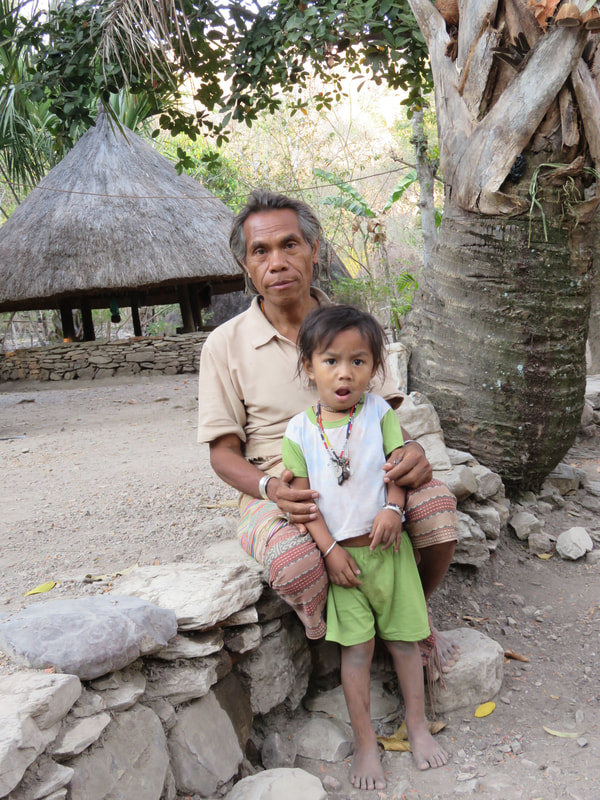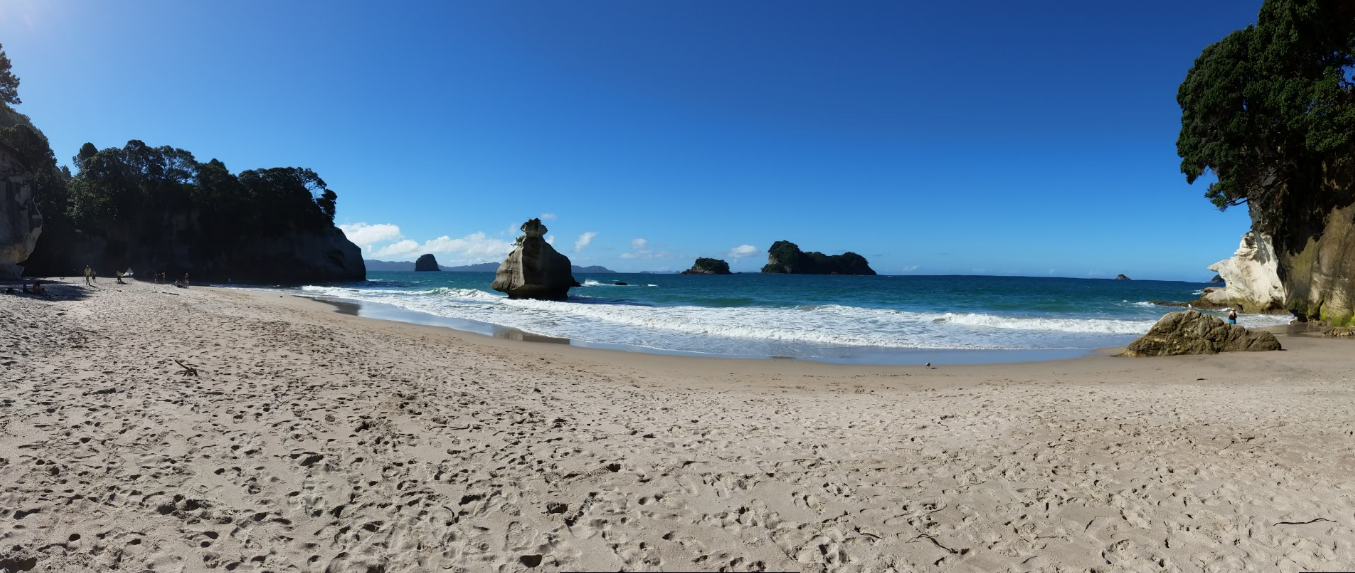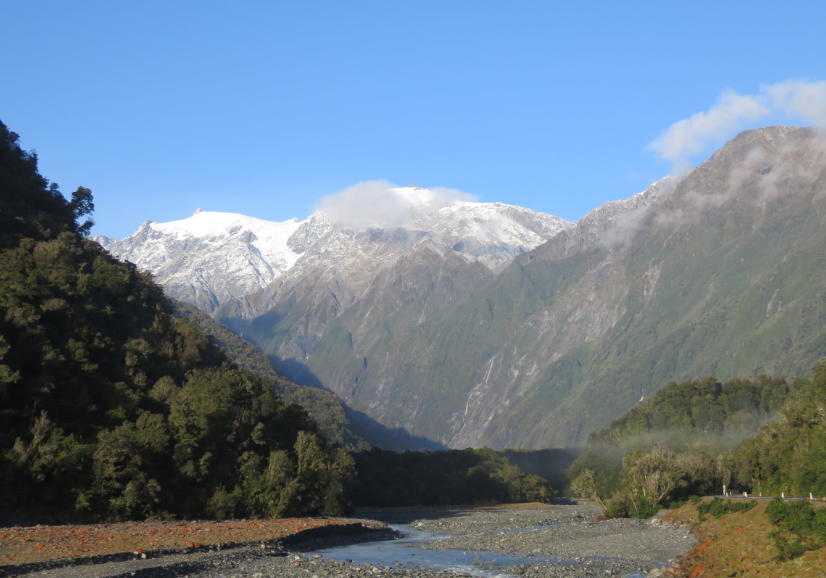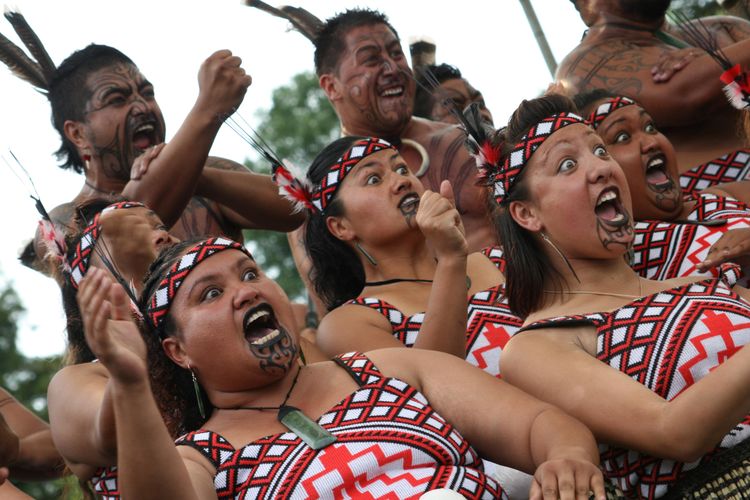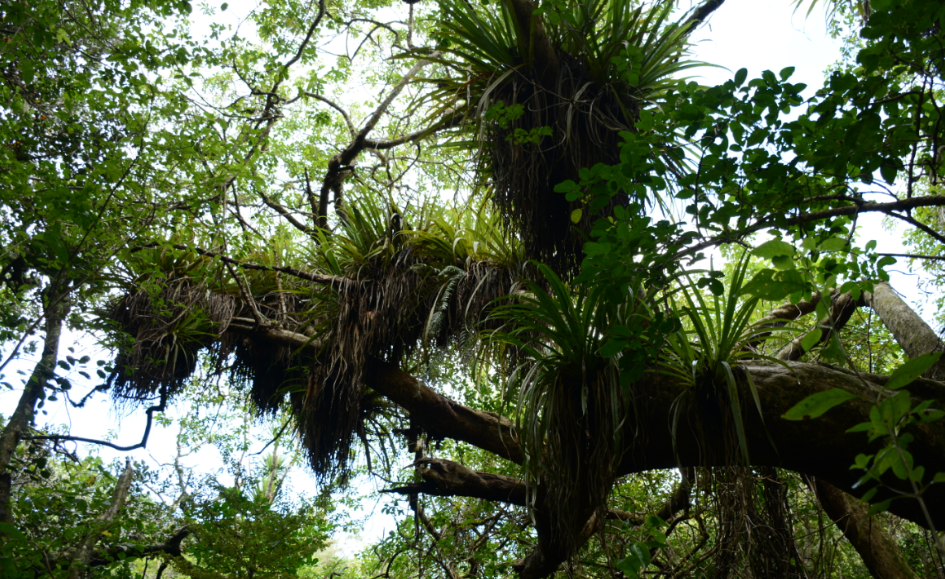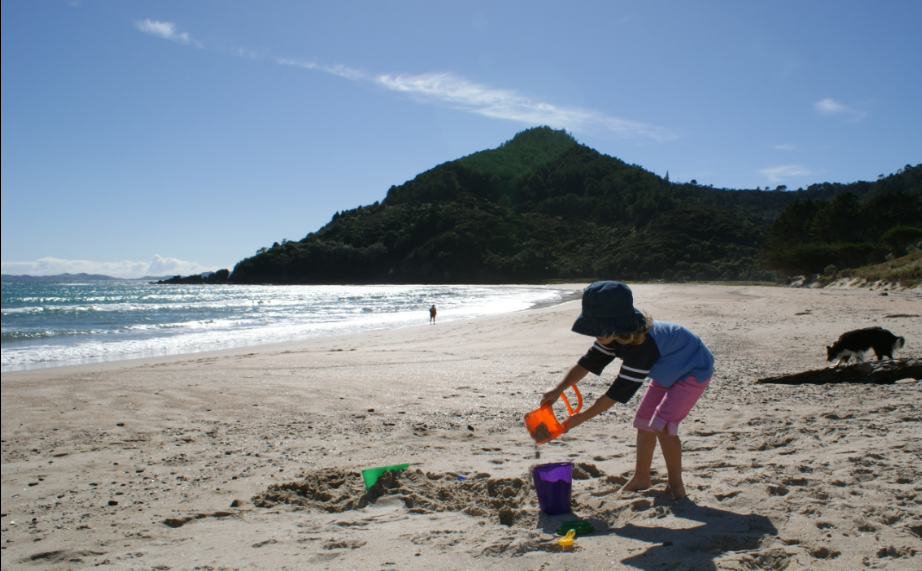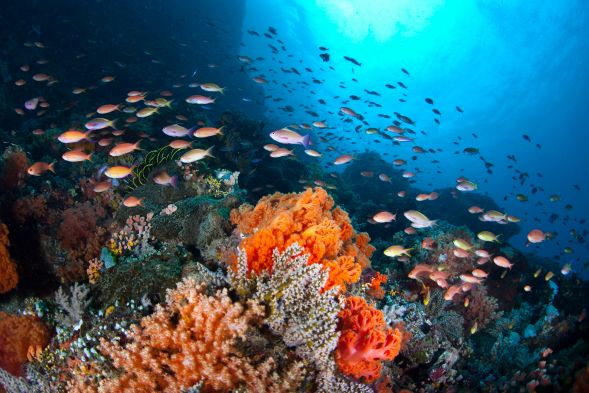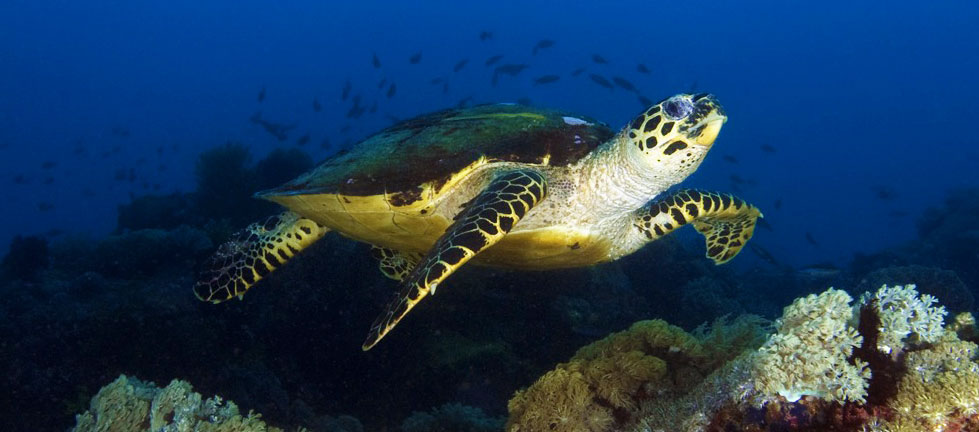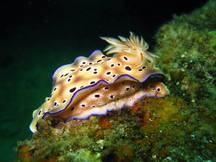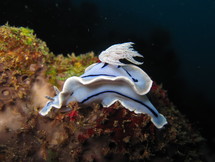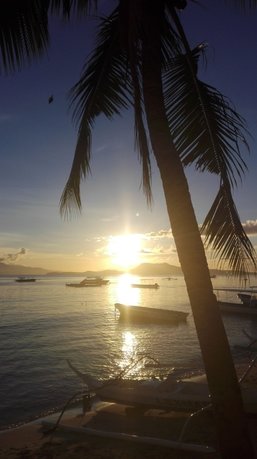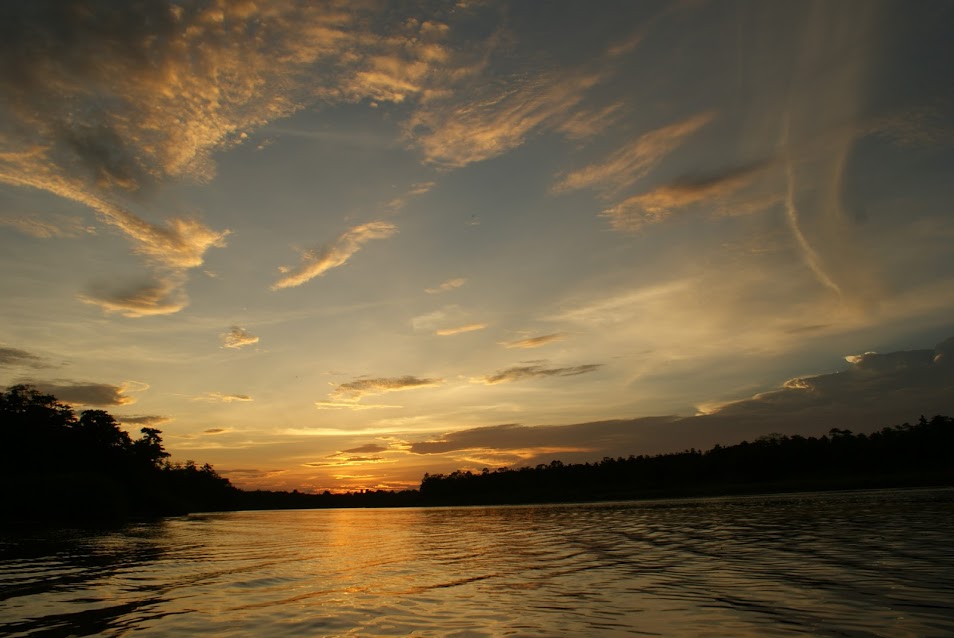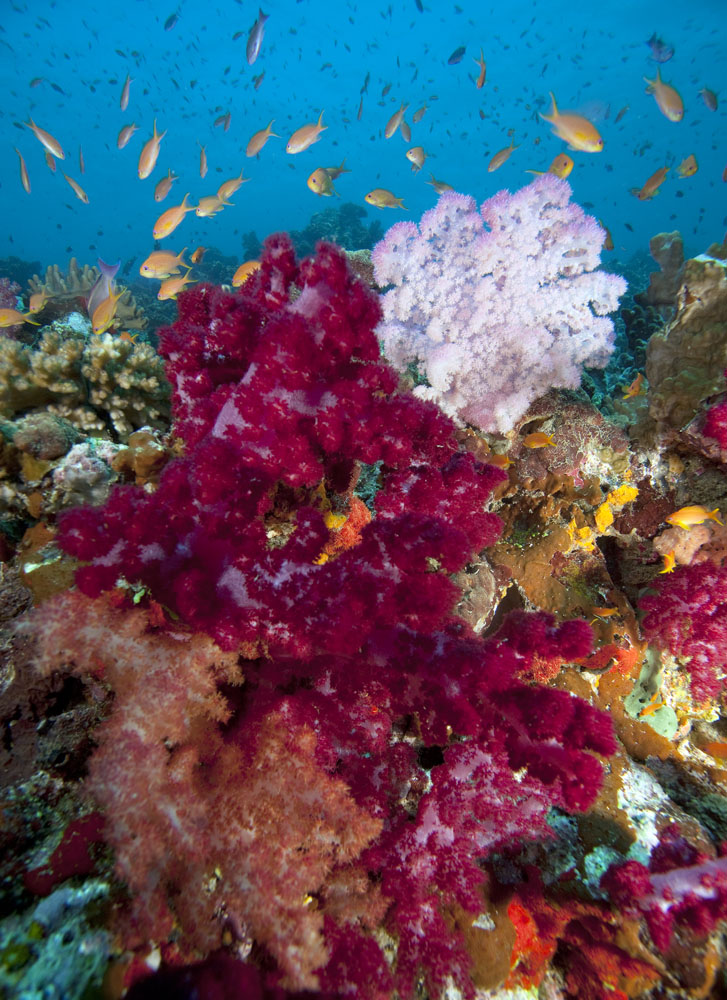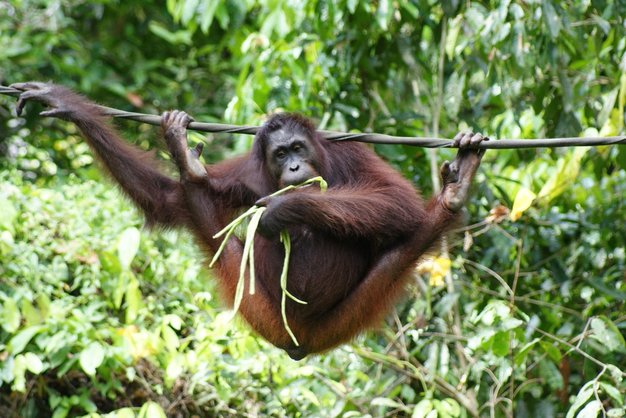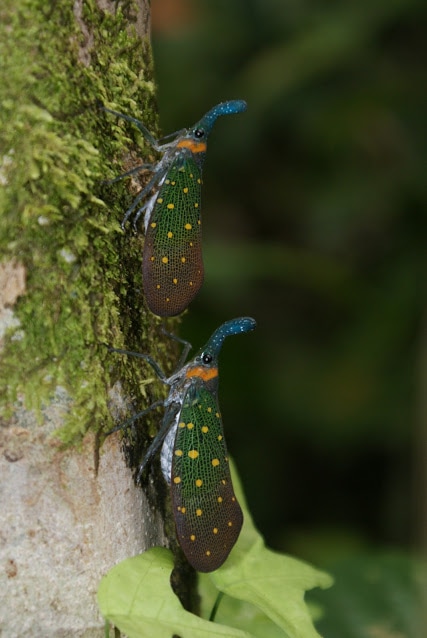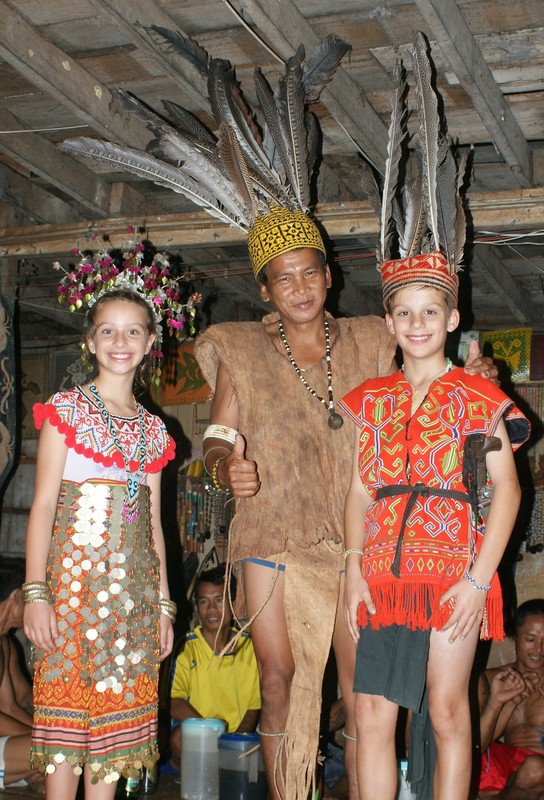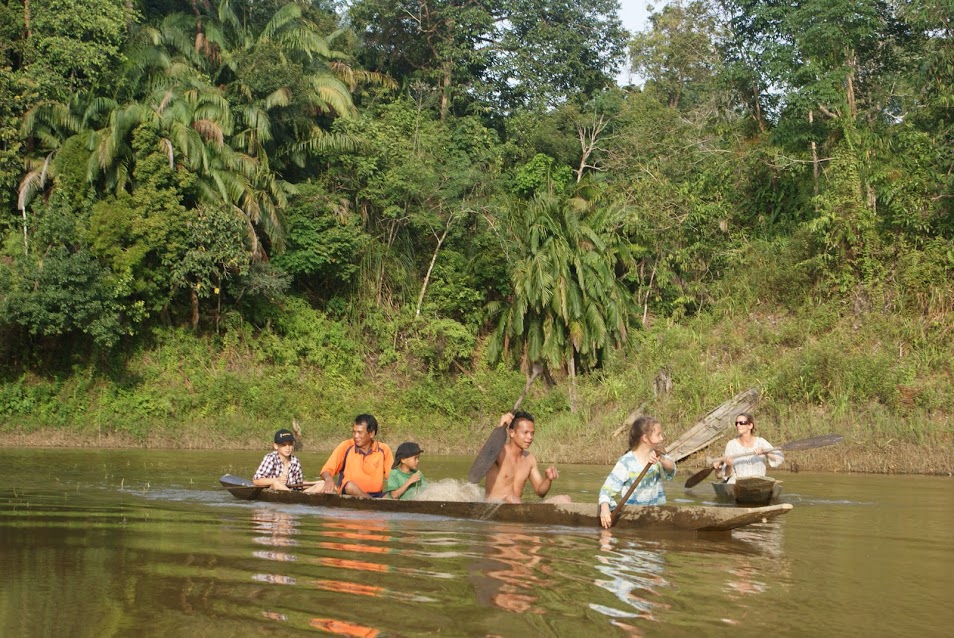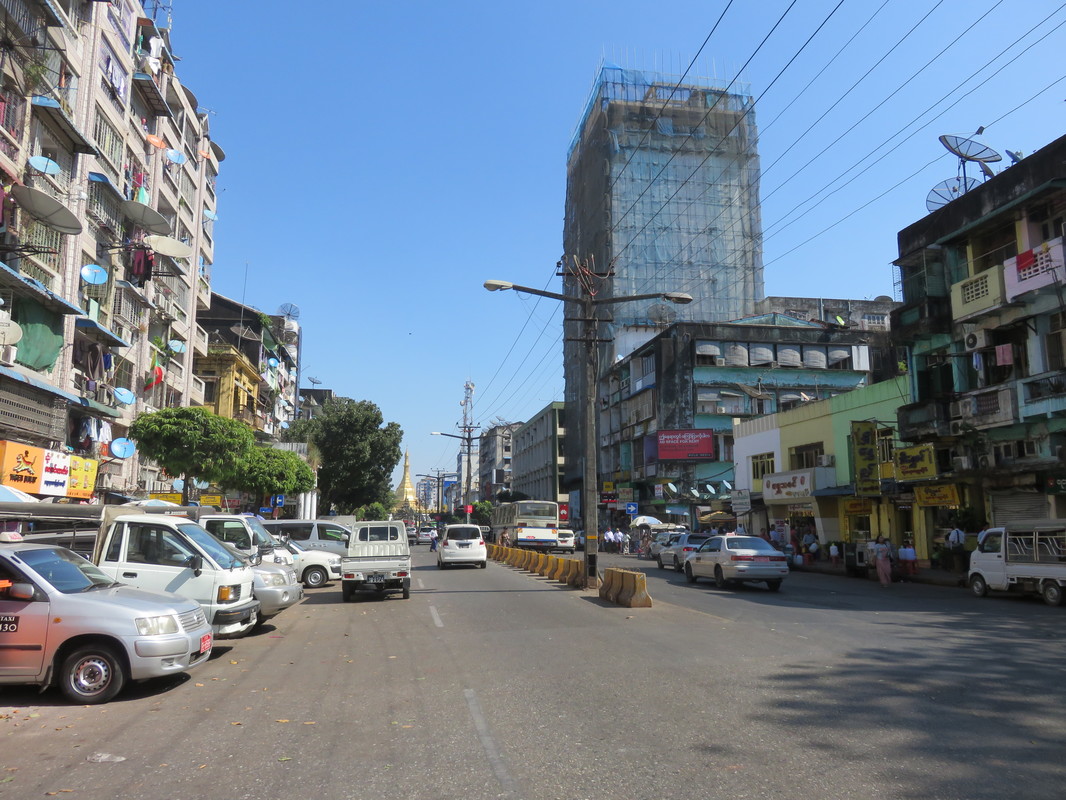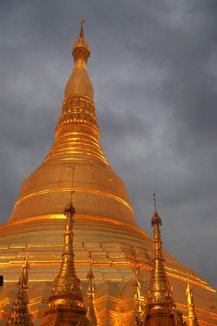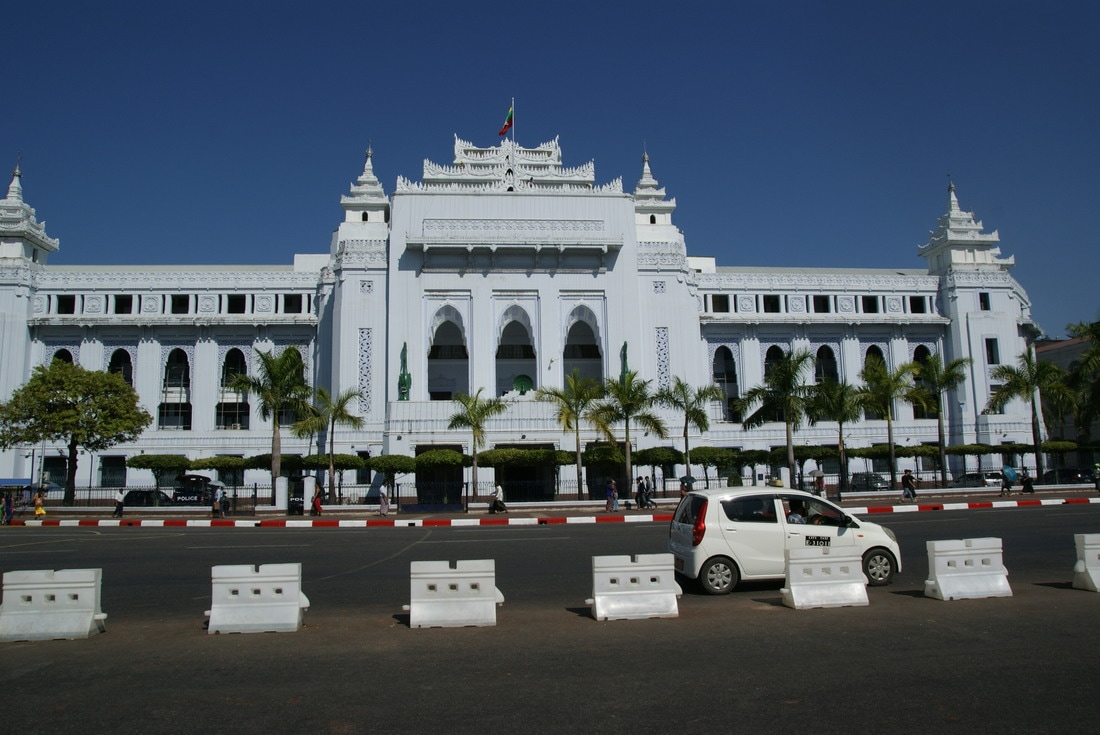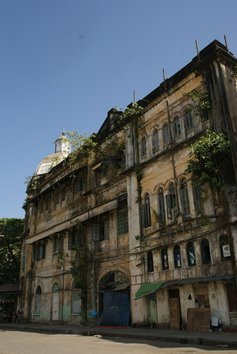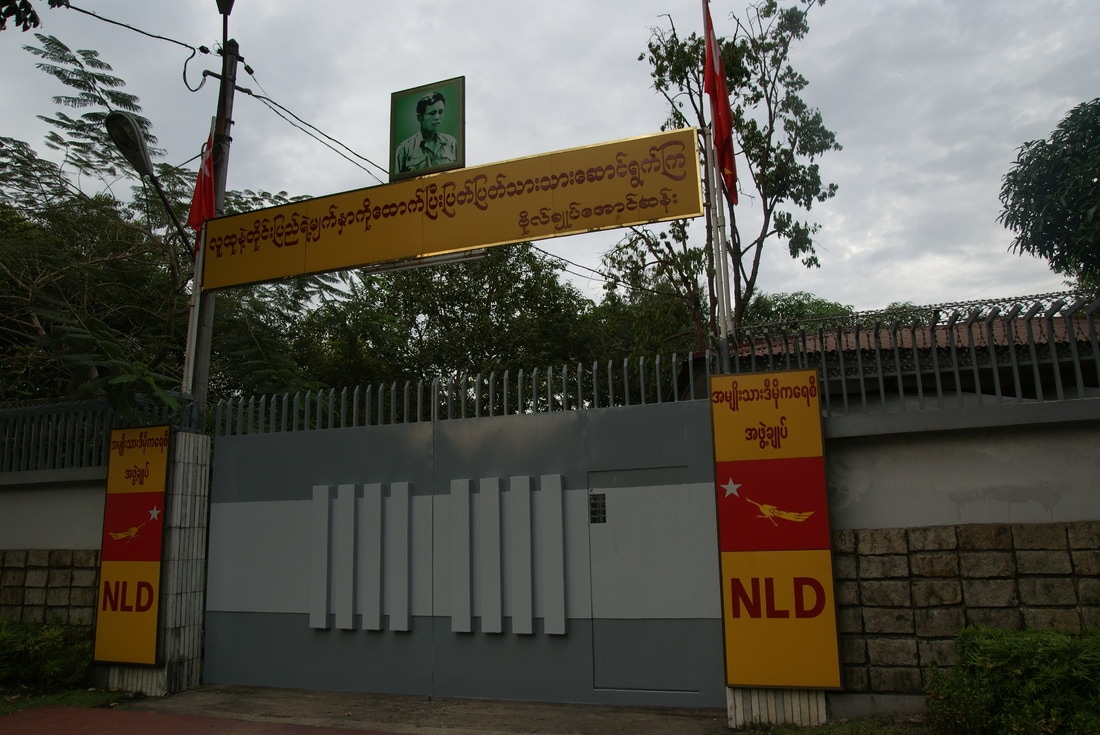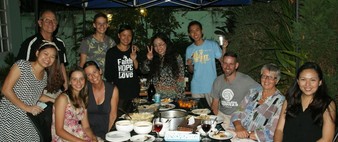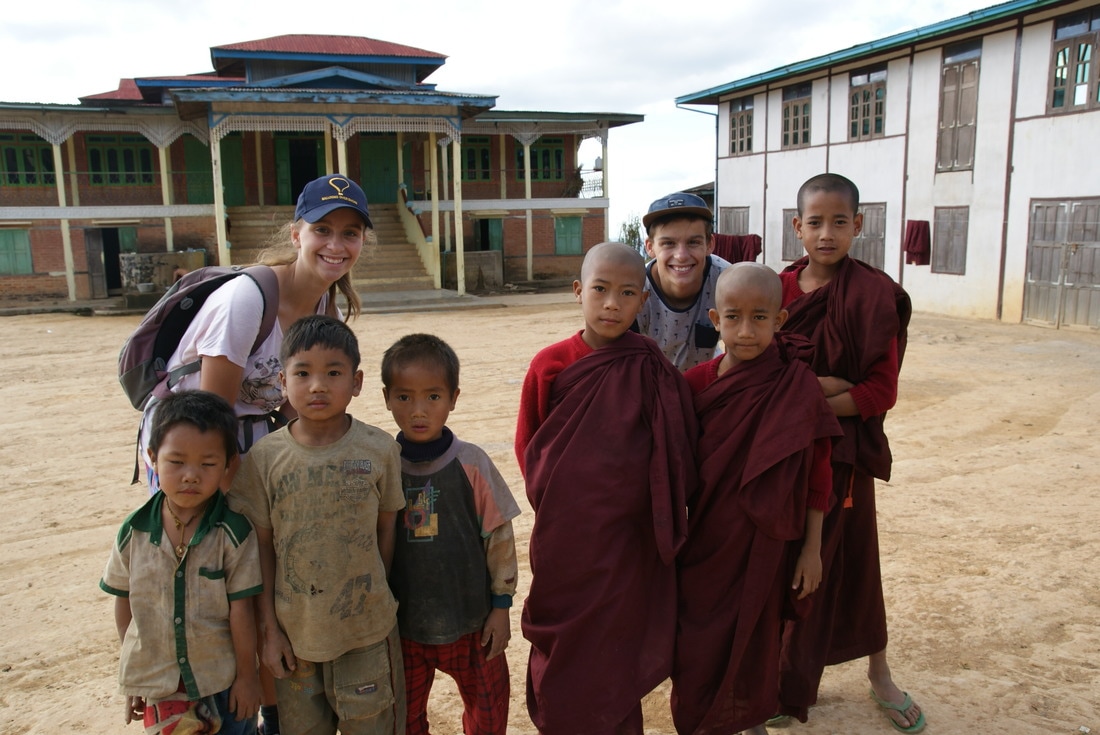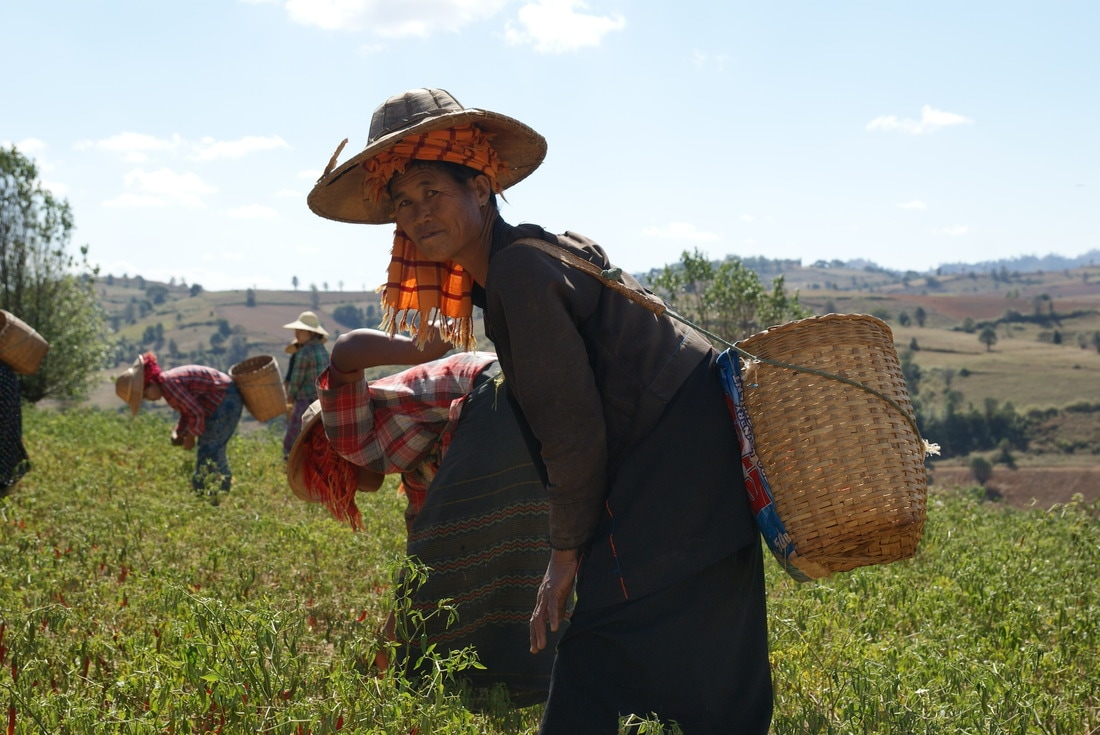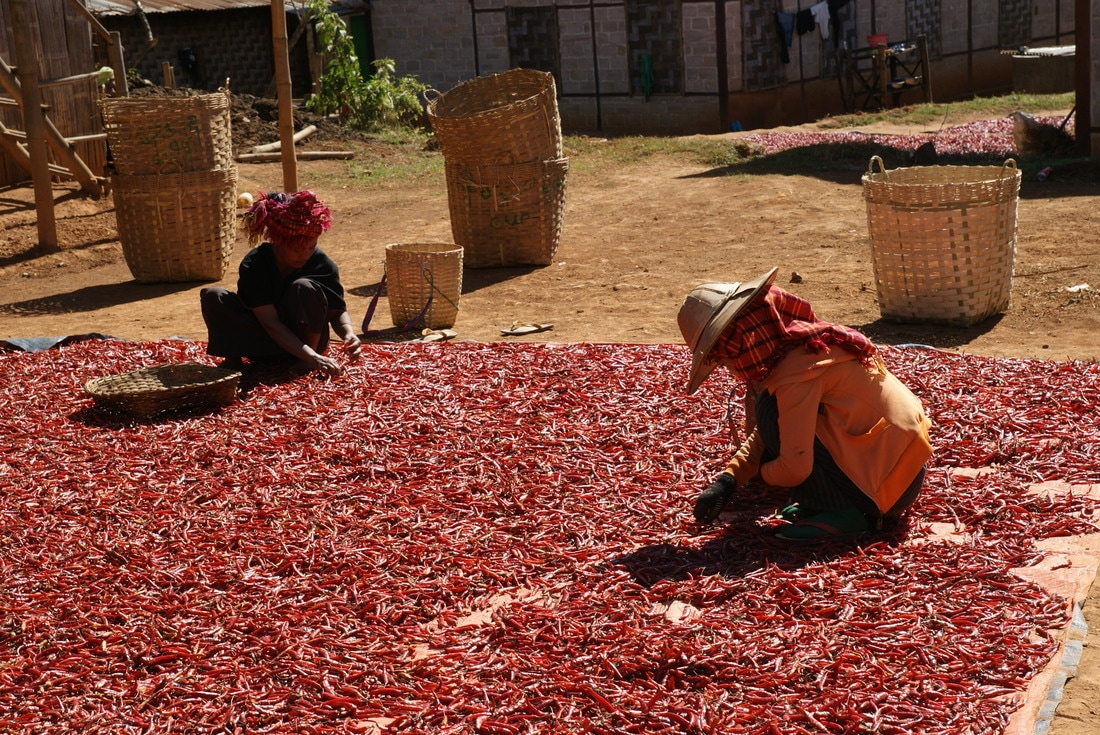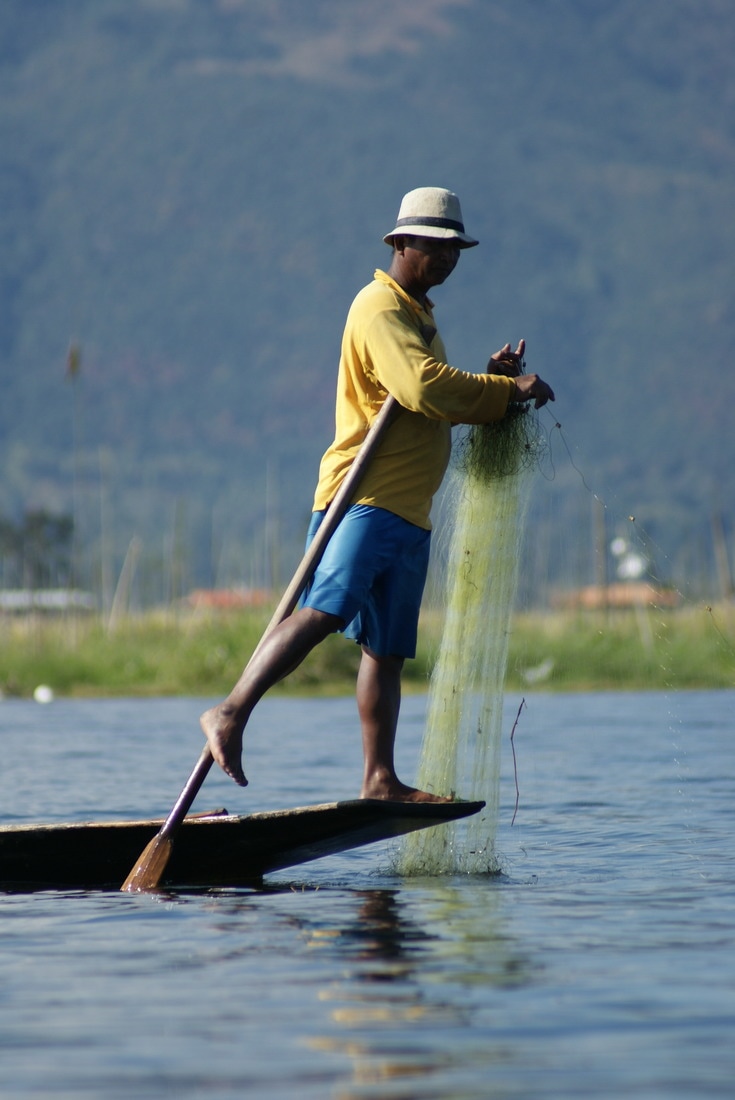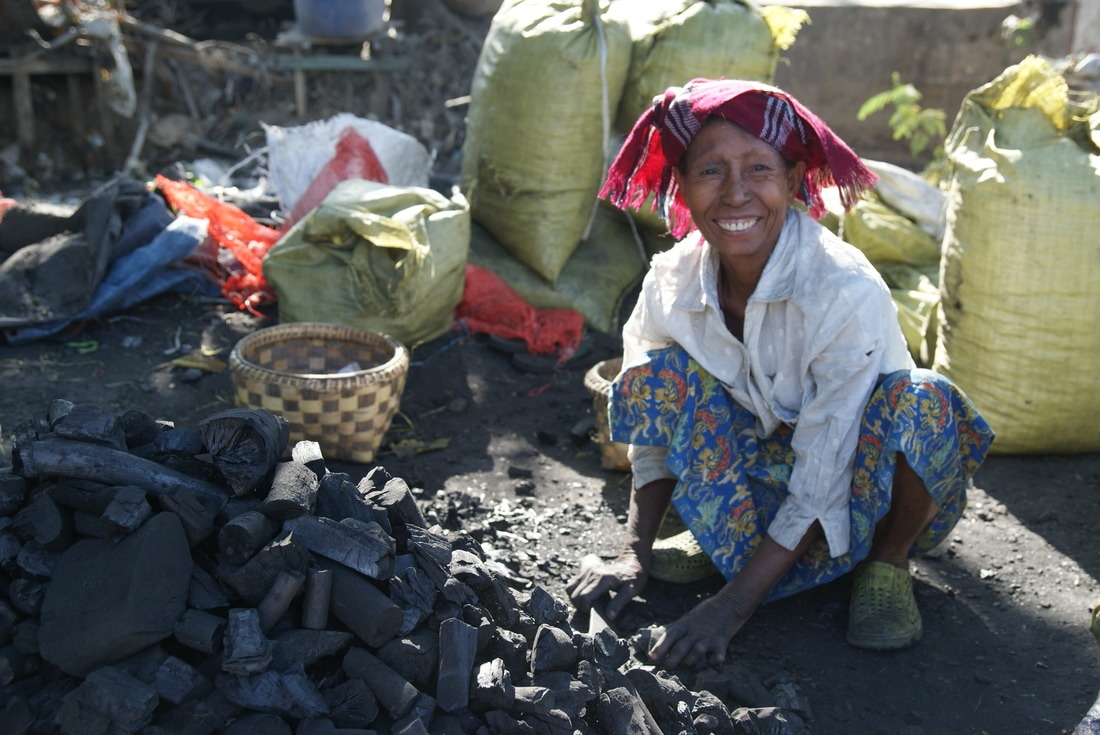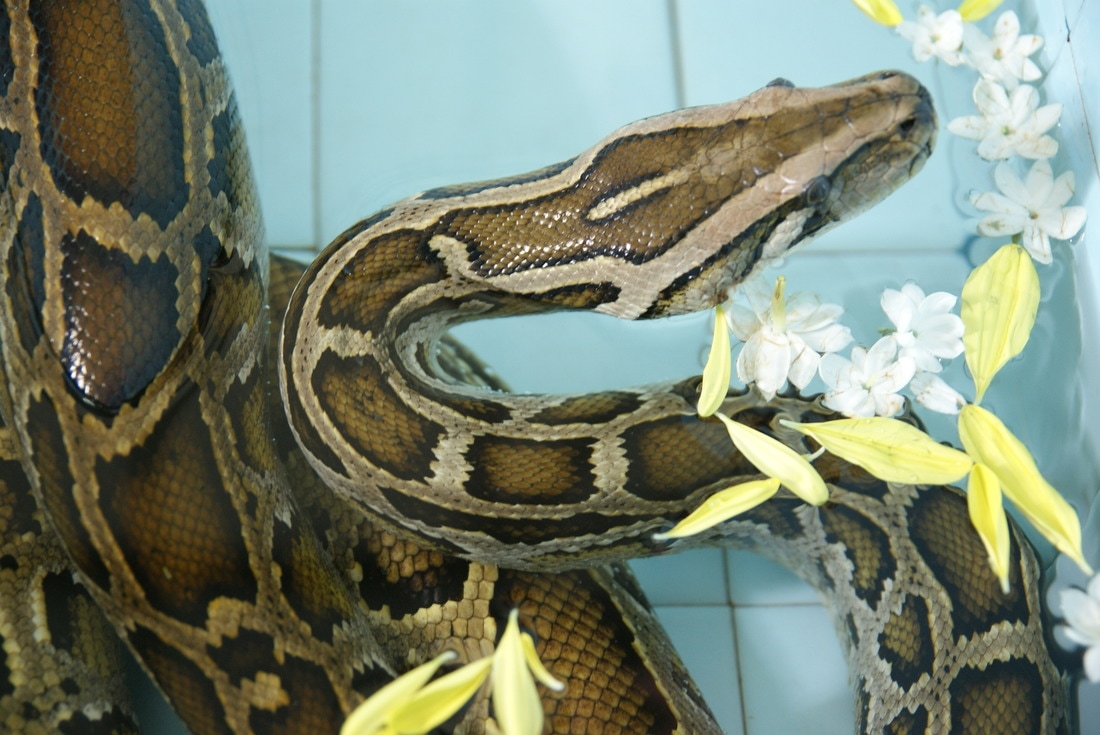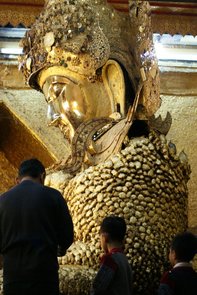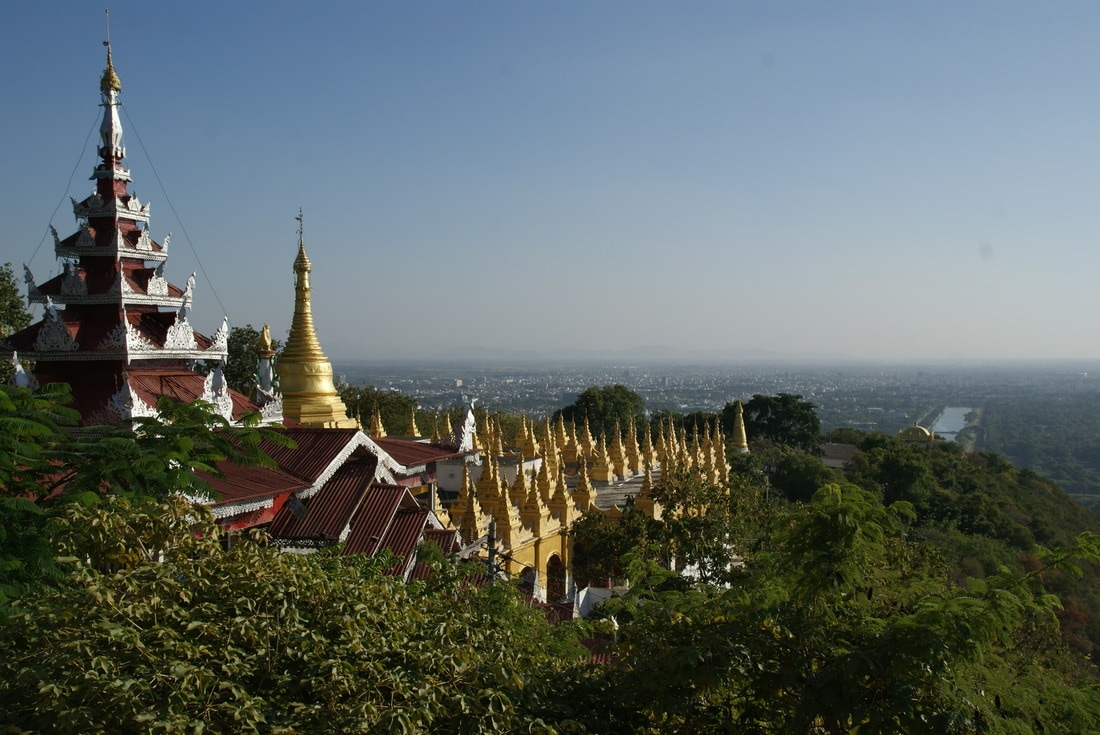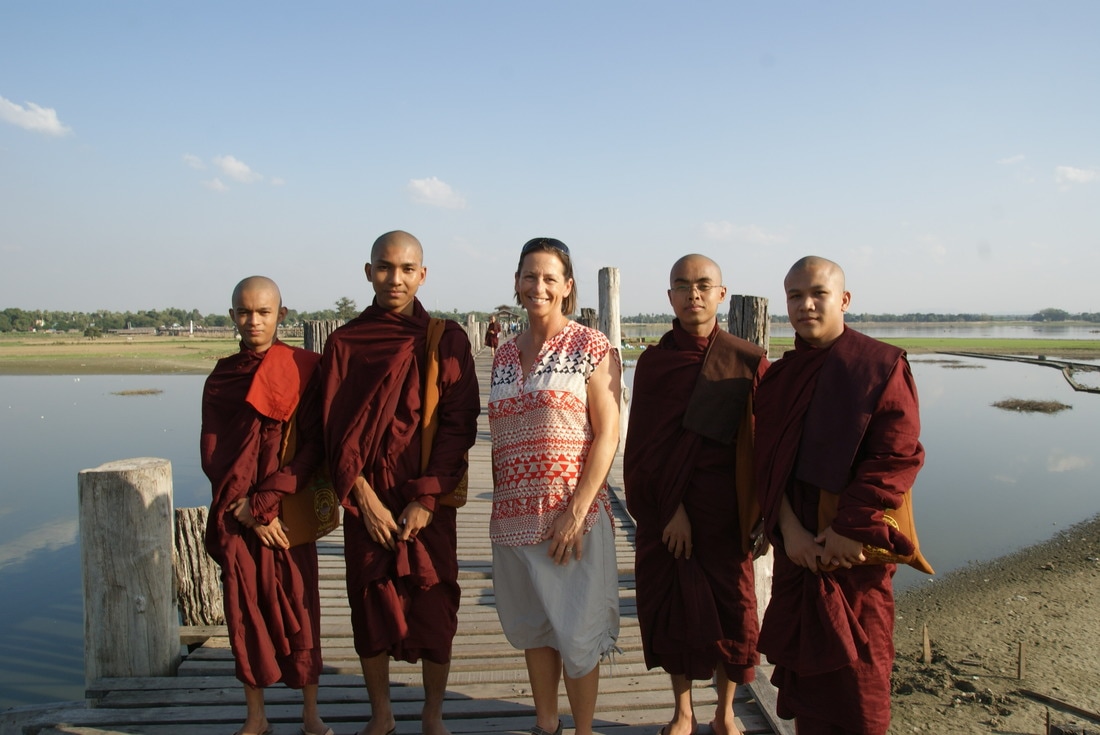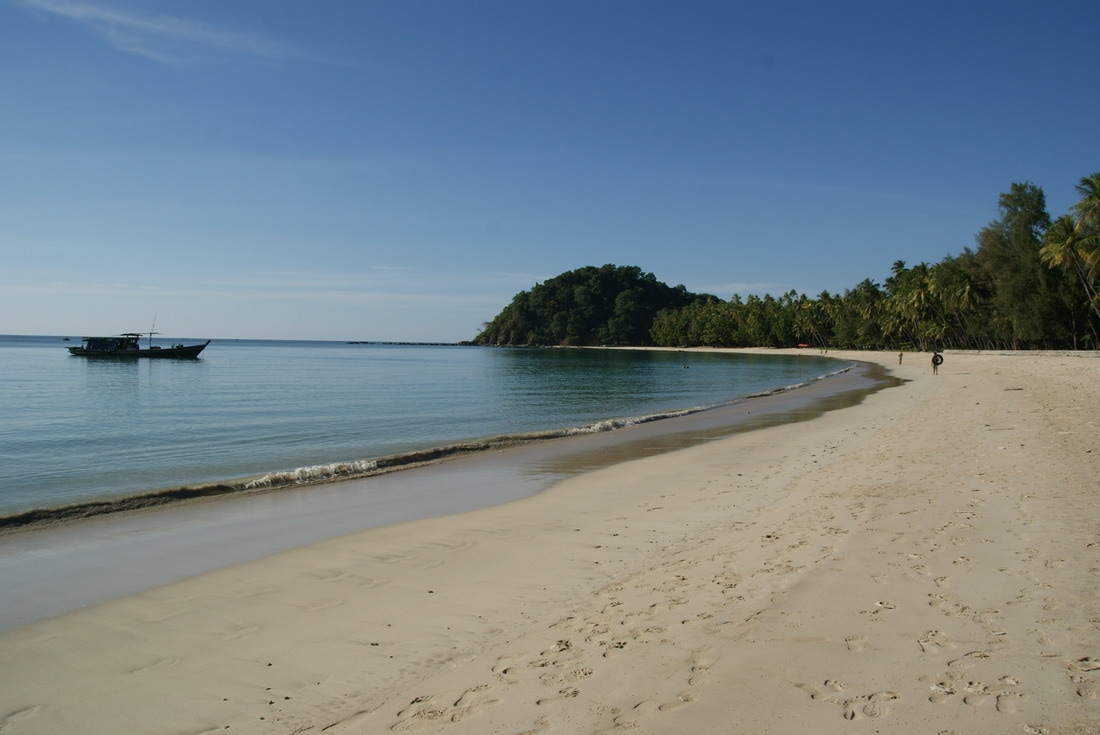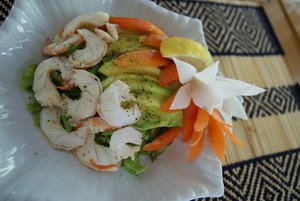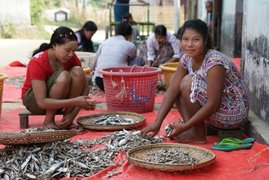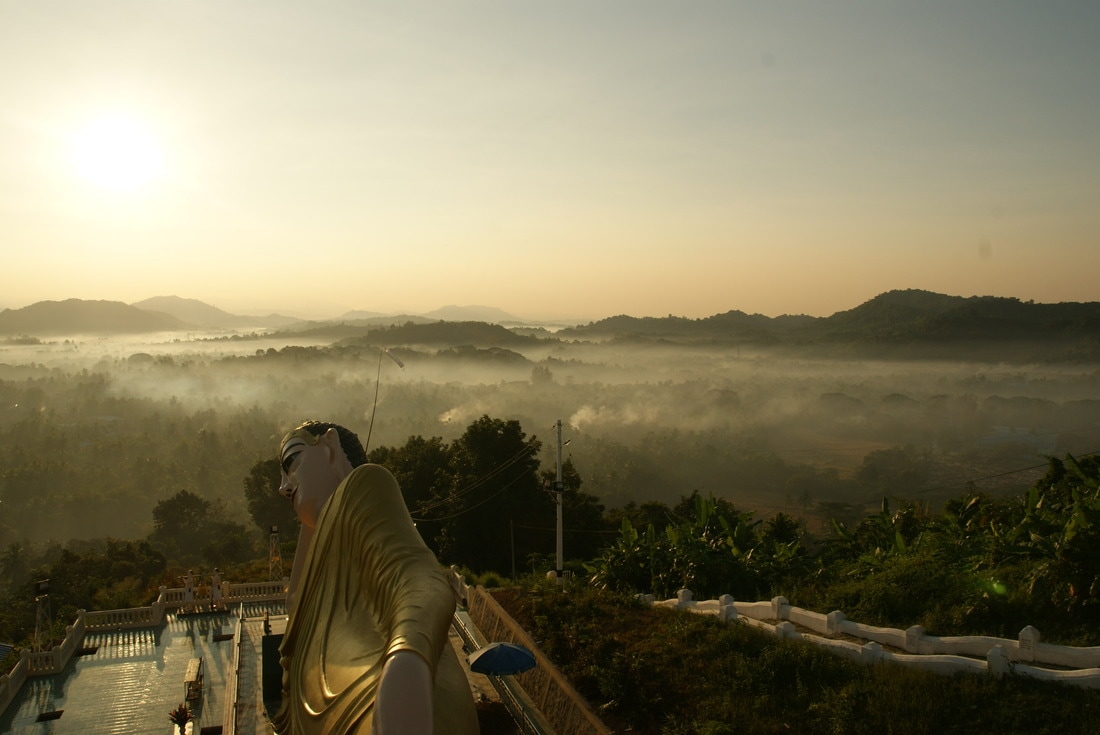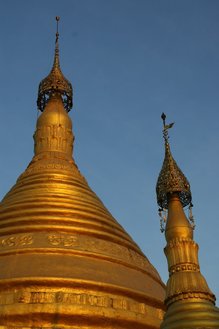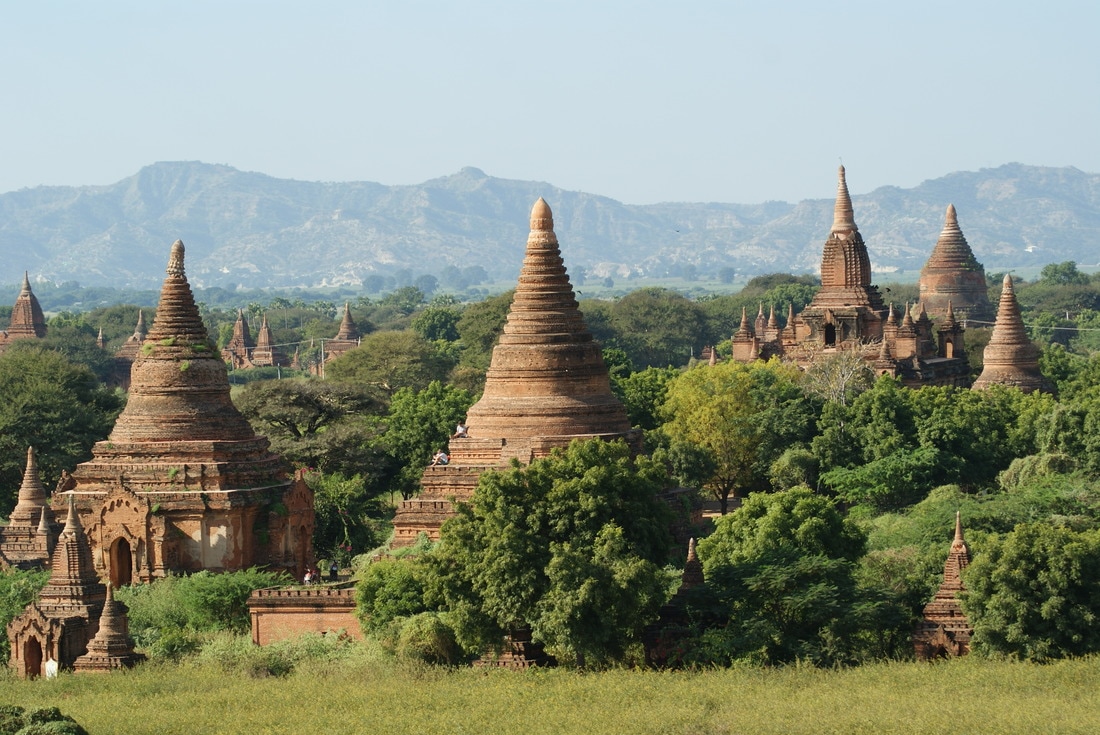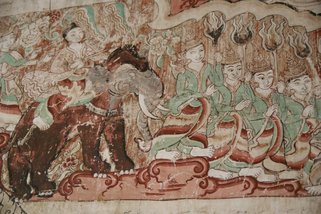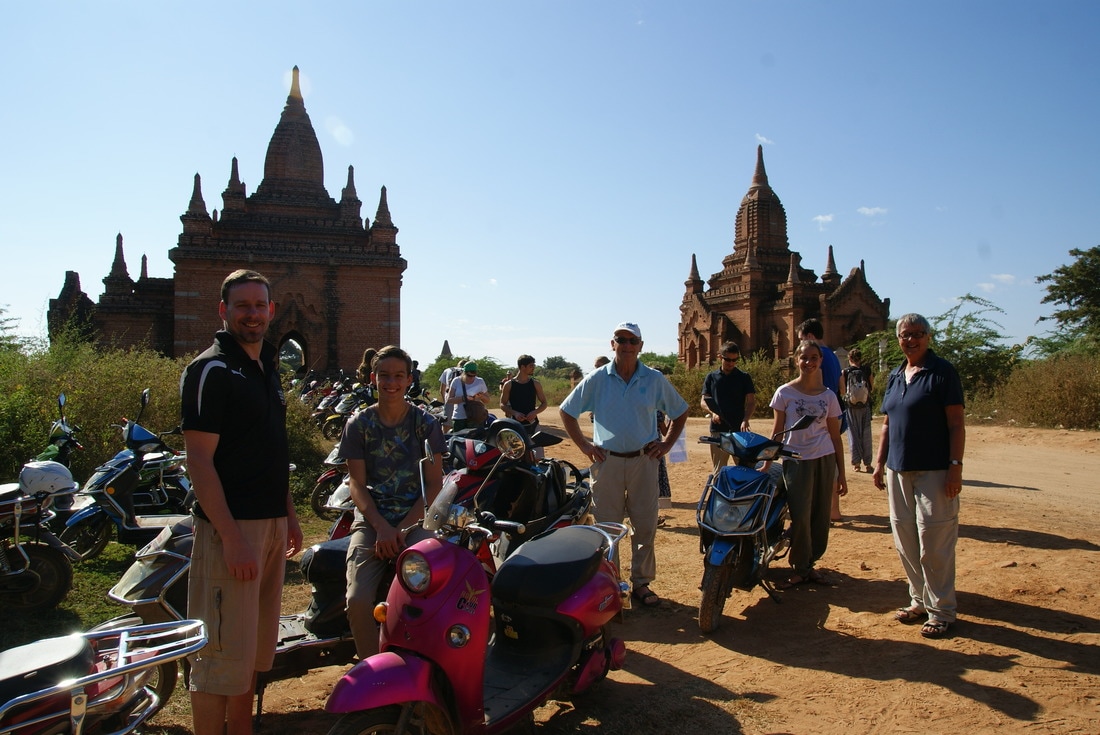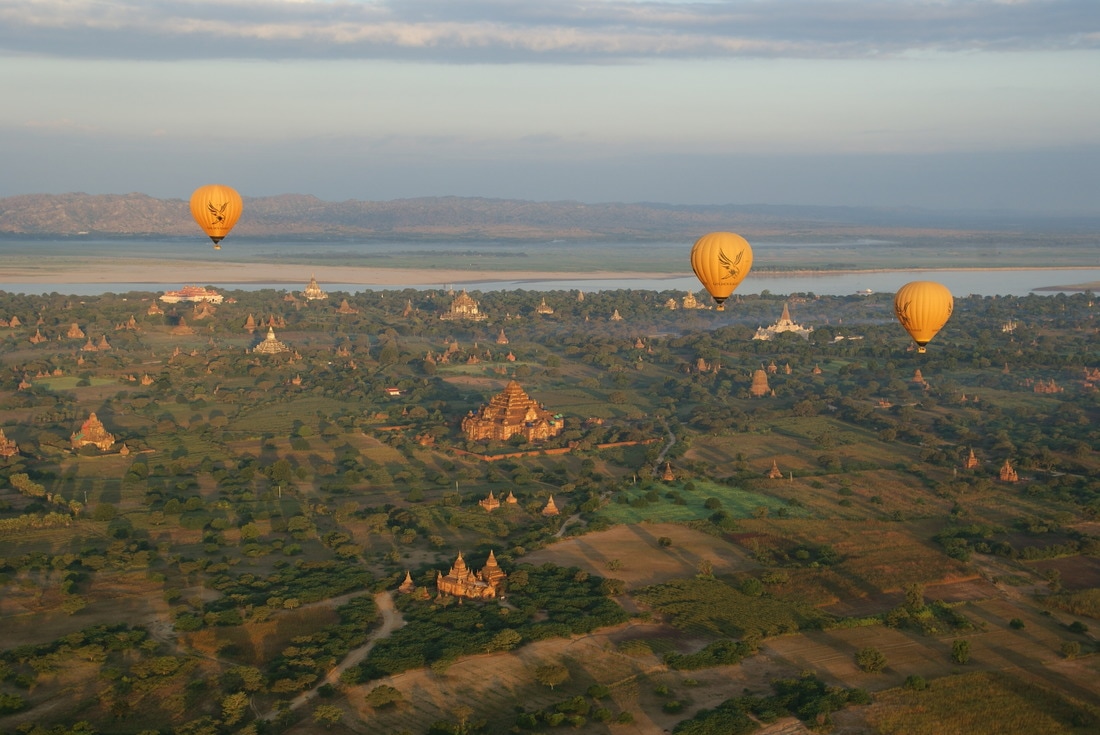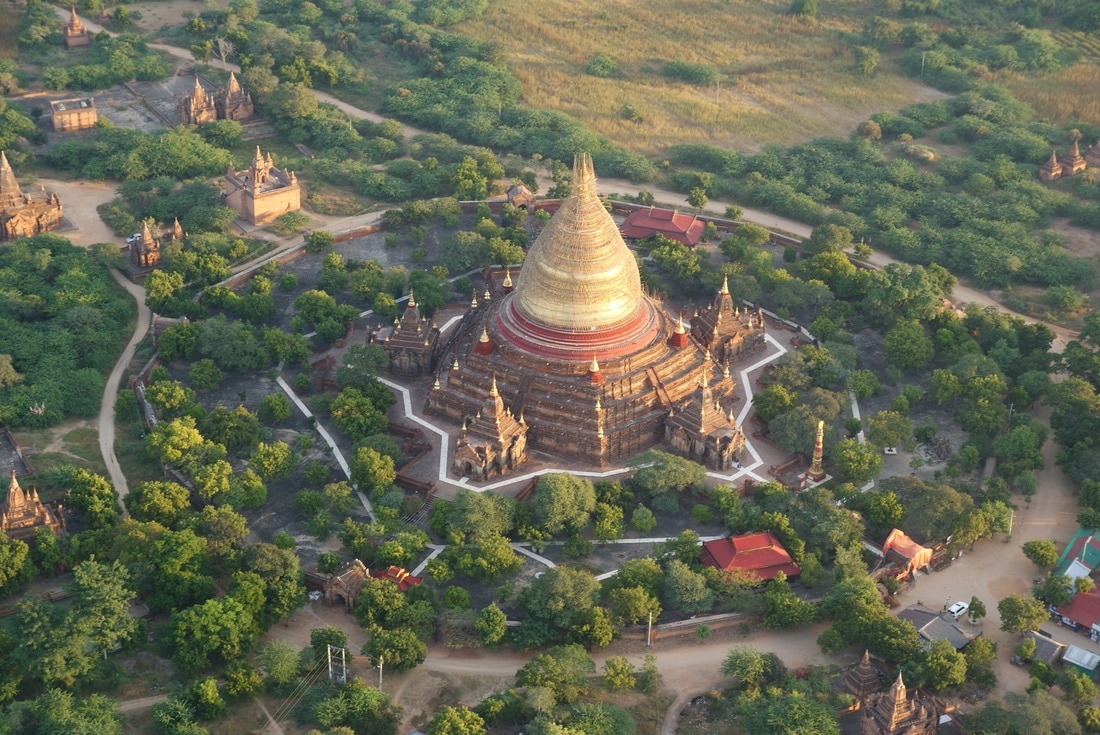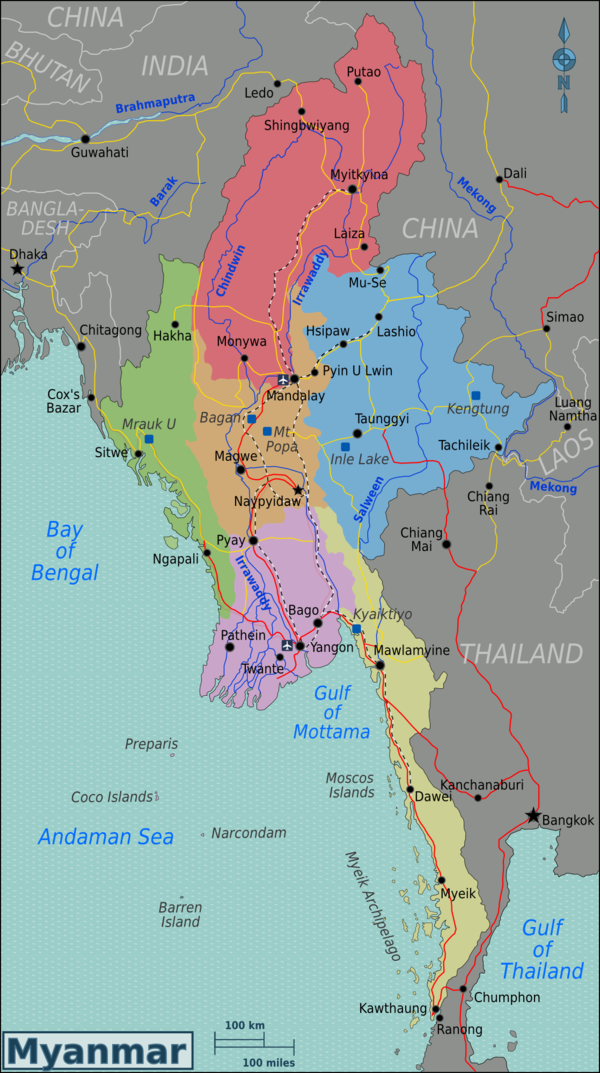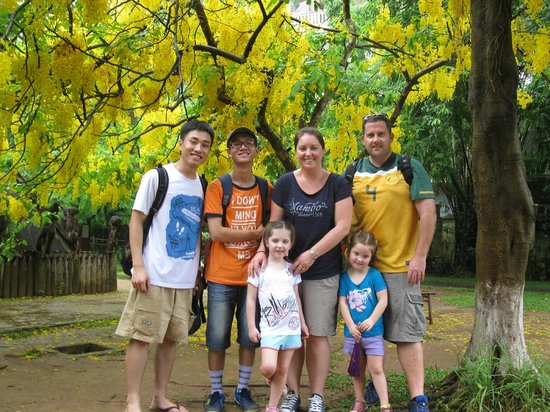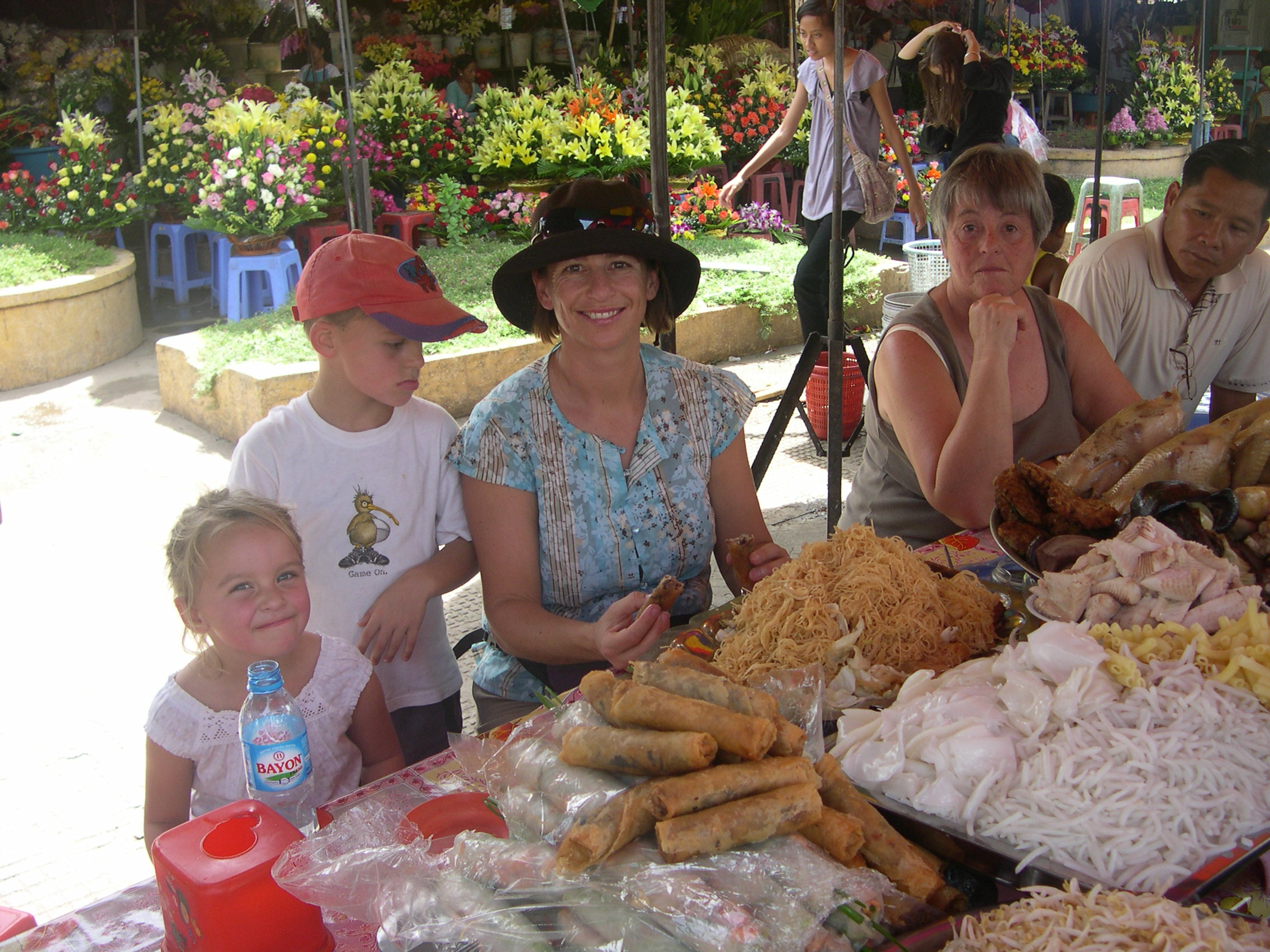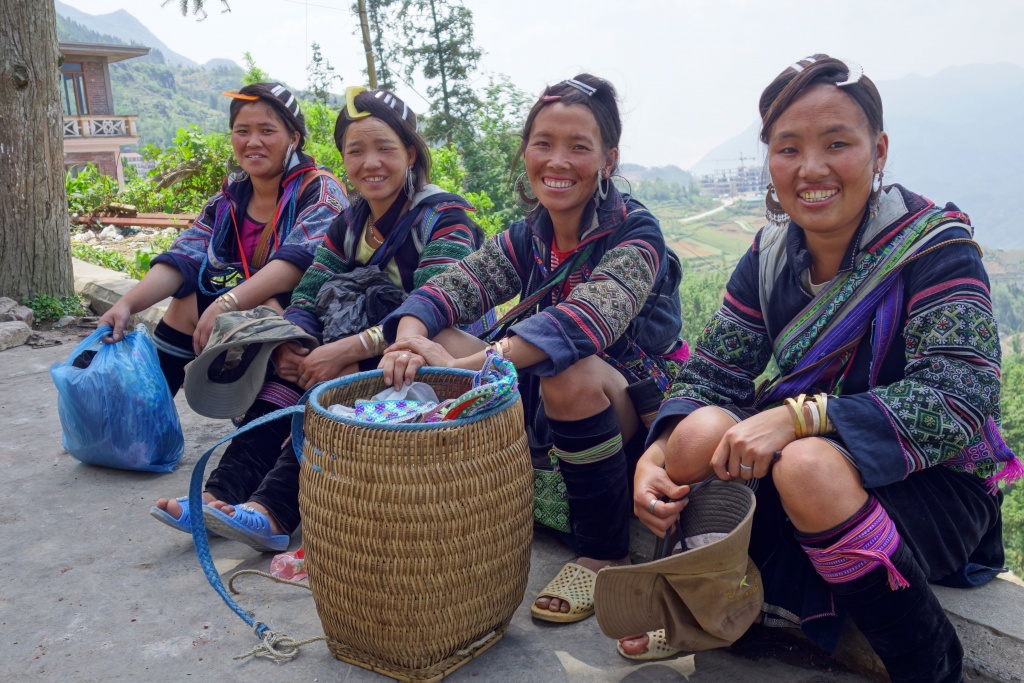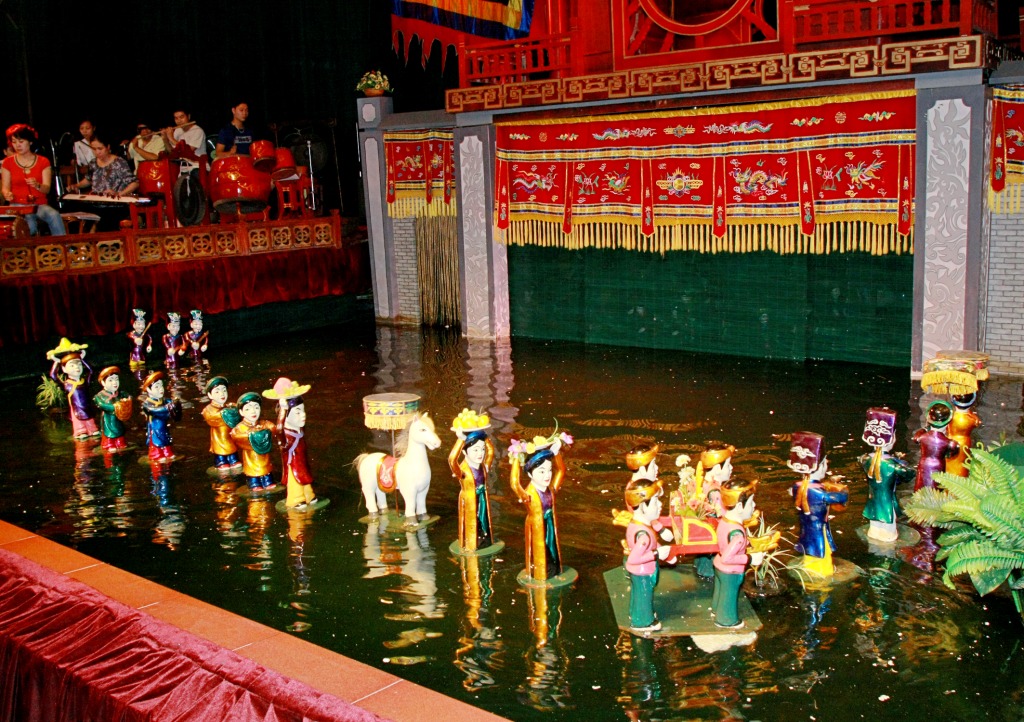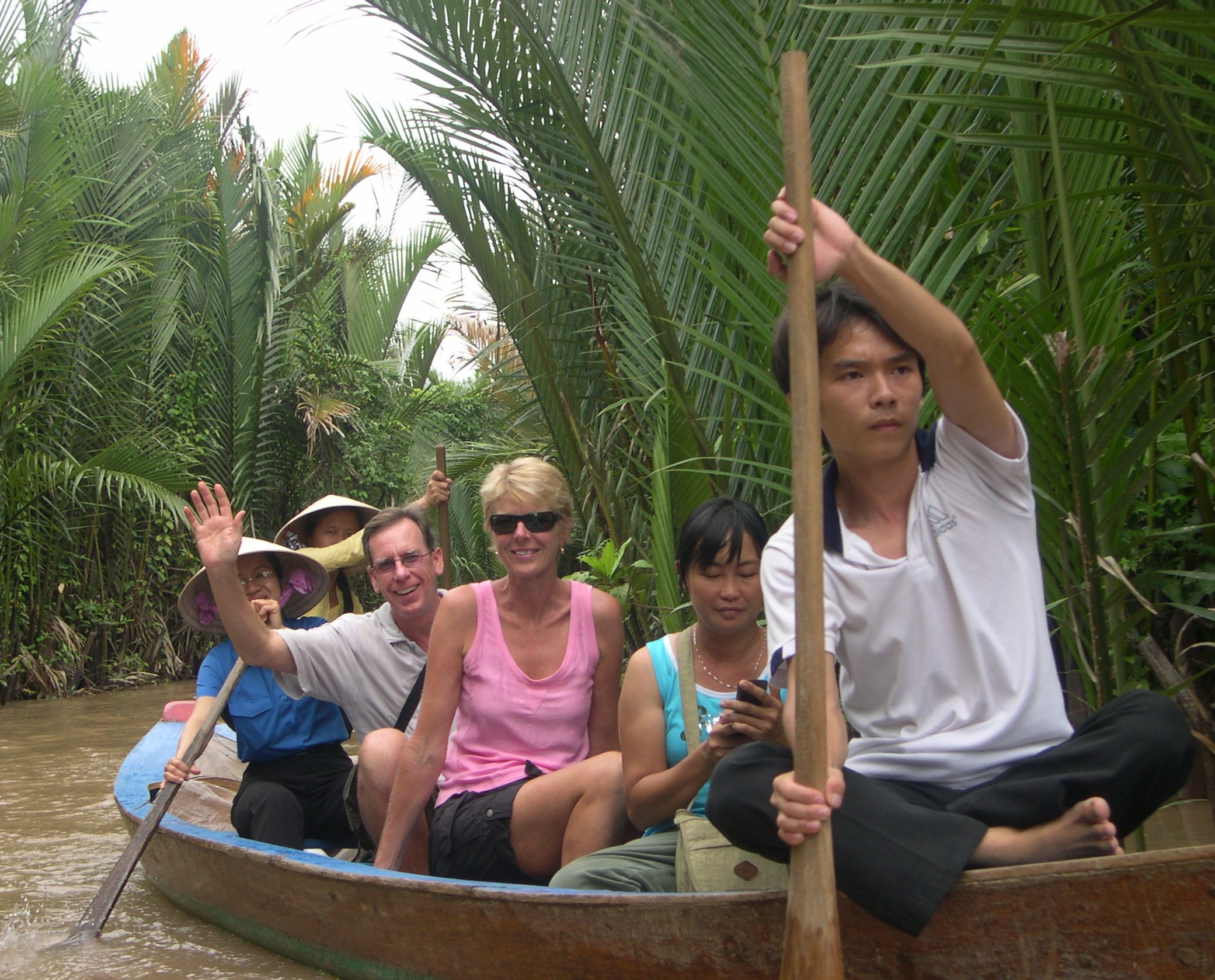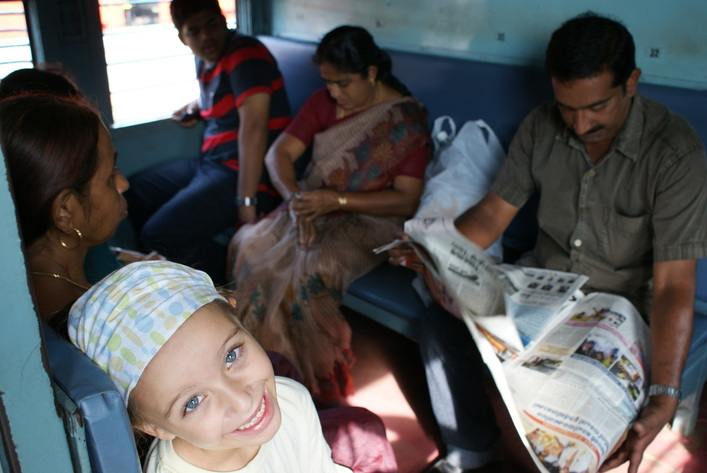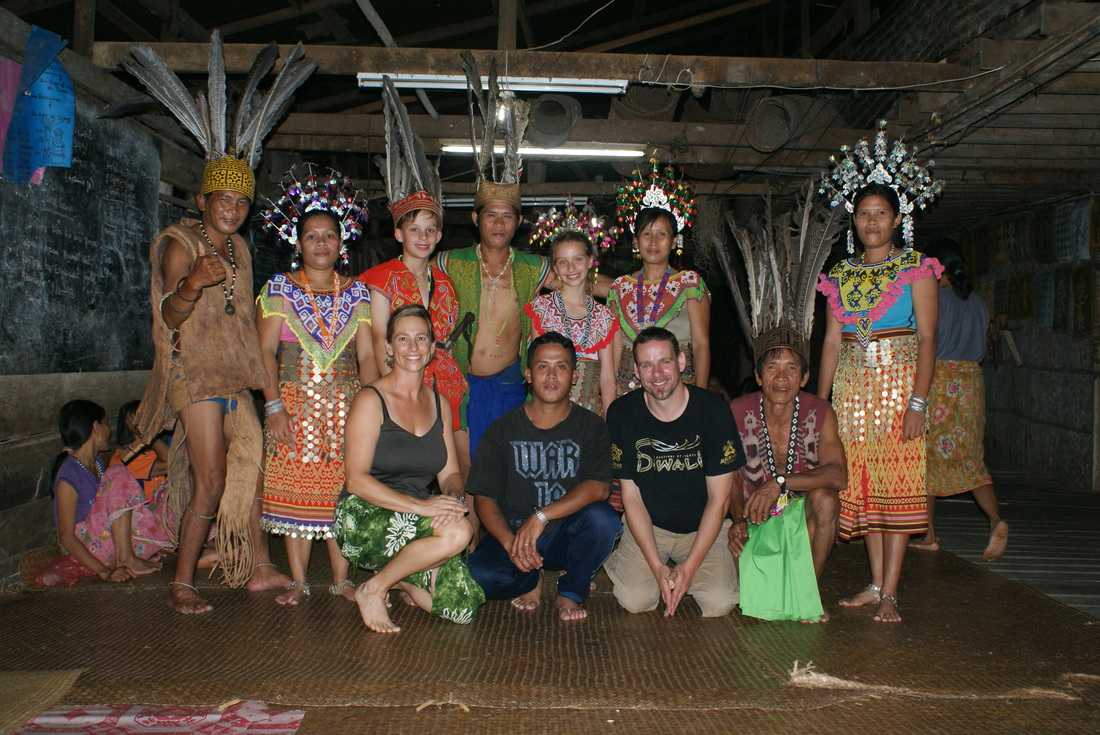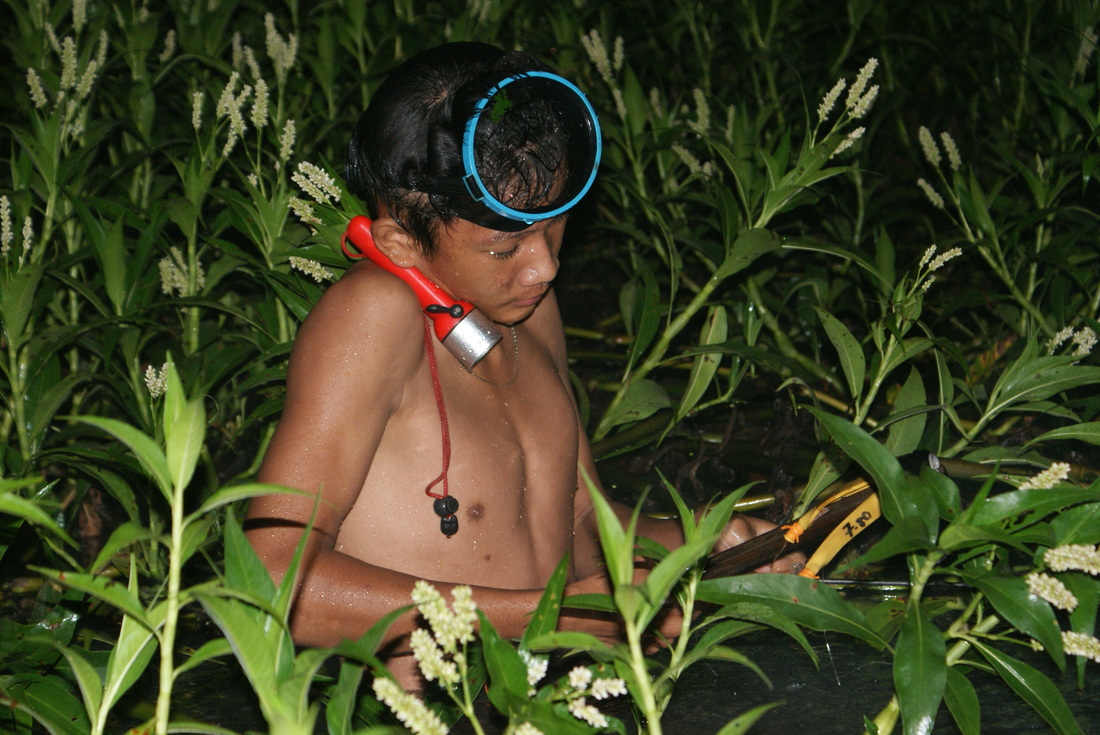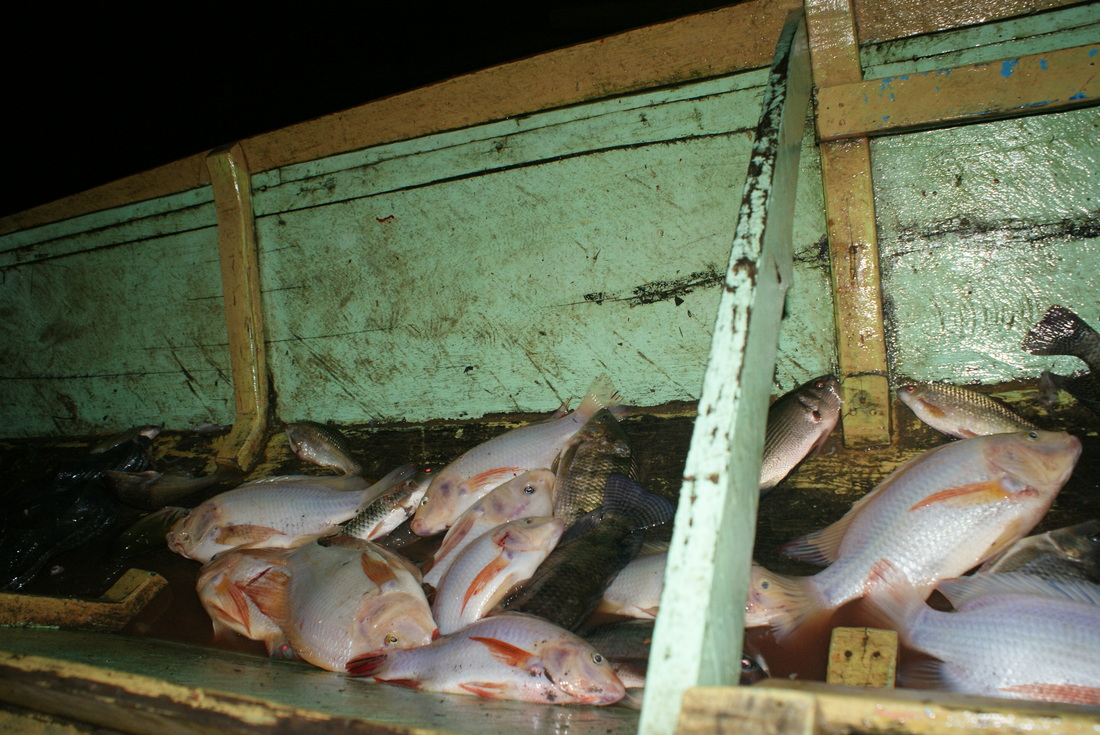Covering an area of just over 4,000 square kilometres, Bohol is essentially an agricultural province with rice, coconut and corn as the main produce. However, with the newly developed international airport set to open at the end of this month, with an annual capacity of 2 million passengers, tourism is set to become its biggest earner.
| Best known for its pristine beaches, enigmatic dome-like chocolate-coloured hills and its super cute resident primate, the Tarsier, Bohol also offers visitors many other attractions such as historic architecture, sensational marine life, trekking and caving opportunities, great Filipino cuisine and a raft of festivals throughout the year. Surrounding the main island of Bohol are 75 other smaller offshore islands where palm-fringed coastlines are rimmed by white sand and sheltered coves and serpentine coastal highways wind along unsullied beaches and rustic rivers. You can even take a trip across to the nearby island of Oslob and swim with the giant and majestic Whale Sharks! |
| Bohol has many fascinations both above and below the waterline, with one of the ‘must-dos’ being a visit to the Philippine Tarsier Foundation. Here you will be able to see this small, cute, endangered primate with their impossibly huge eyes in their natural surroundings whilst helping contribute to the conservation of the species and its habitat. Guides are strategically placed along the trails to help point out these elusive creatures and to enforce the strict no-touching, no-flash photography rules. |
| The famous Chocolate Hills, so named for the colour the covering carpet of grass turns during the dry season, is a photographer’s dream. Set in the island’s interior, this unusual geographical formation consists of 1,776 hills spread over an area of more than 50 square kilometres and is just one of the many parts of Bohol that is set up for great trekking opportunities. In other areas, easy treks offer rolling hills and patches of forest interspersed with small villages and pastoral farmlands, whilst the Raja Sikatuna National Park offers interesting lime-rock formations and great opportunities for observing animals and bird watching. |
| Bohol festivals and feast days are part and parcel of Boholano culture. Boholanos are fun-loving, generous to a fault, and deeply religious. These traits mean they stage festivals and celebrations much more frequently than the yearly honouring. Date of feast days vary from town to town yet most of the feast days fall on the month of May and so it has been hailed as the “Fiesta Month”. Visitors can enjoy the month long revelry by hopping from town to town where you can be assured of being fed, resulting in an added inch or two to your waistlines! Another great time of year to visit if you want to experience the festival atmosphere of the island is July when the Sandugo Festival is held. This is a month-long festival featuring an agro-industrial fair, cultural and historical shows, sports events, pageants, balls and dances, entertainment shows and street-dancing. |
| Below the waterline there is also plenty to captivate you. With superb wall dives, colourful coral and calm currents, Bohol has become an increasingly popular diving destination in the Philippines for both beginner and advanced divers. From tiny sea horse and macro creatures to schools of pelagic fish, turtles, sharks and the occasional Manta, Bohol has it all. Top that off with excellent visibility and warm water and it’s easy to see why Bohol is getting a reputation as one of the places to check out. |
| The best thing is, you don’t need to be a diver to enjoy the area’s incredible marine diversity. From March to June you can go on whale watching cruises to view both Bryde’s and Sperm whales that come in close to the coast. At other times of the year, smaller whales and numerous species of dolphins can also be seen. You can also snorkel with Whale Sharks at the nearby island of Oslob as well as take a day trip out to Balicasag, where you will find beautiful corals and colourful fish. |
